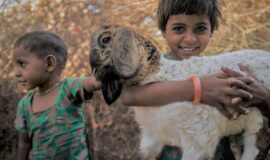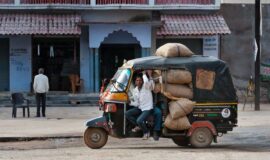Jaffna: Sri Lanka
The Dutch Fort
East and North of the Center of Town
Nallur Kandaswamy Kovil
Jaffna Peninsula
The Islands
Not only is Jaffna the capital city of the Northern Province of Sri Lanka, it is also a lively Tamil cultural hub. Battles for control of the town raged from 1989 to 1995, causing considerable damage. Fortunately, the Sri Lankan military powers managed to gain the upper hand in 1995 until the fighting ceased, and thus thankfully prevented the destruction from spreading to other regions in the north while the battles still raged.
There is a marked difference between Jaffna and the rest of the Island Kingdom. Visitors will experience old-world colonial charm rubbing shoulders with more contemporary vibrant Tamil life. Jaffna congers up feelings and impressions from India, as well as the south of Sri Lanka; large colorful Hindu temples crowned with lofty gopurams in every street, the typical crooning and twanging sounds of traditional Tamil music coming from each and every shop and café. Noticeable is the lack of shopfront signs and notices in Sinhalese, a novelty especially for travelers who have been to other parts of Sri Lanka.
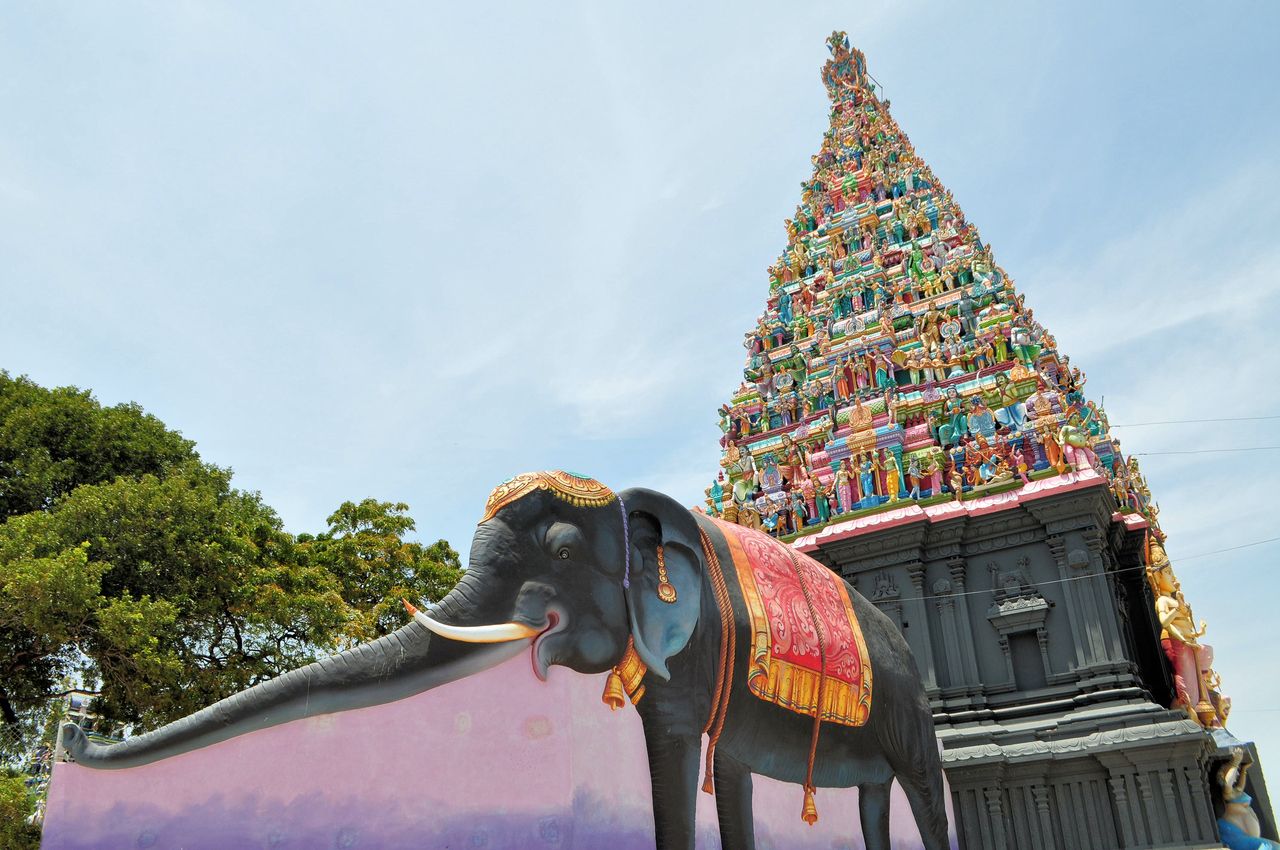
Painted elephant figure at a Hindu temple decorated with hundreds of statues, Sri Lanka. Elephants are considered sacred animals in Hinduism and are also the living reincarnation of lord Ganesh © flocu
The Dutch Fort
Just south of the center of town, overlooking the Jaffna Lagoon, is the massive Dutch Fort built by the Portuguese between 1618 and 1625. (Entrance is free and the fort is open daily between 7 a.m. and 6 p.m.) When the Dutch took over in 1658 they expanded the fort into its pentagon shape, adding the distinctive defensive triangles at the five points. Barely a decade later the fort was relinquished to British colonial powers without any resistance. The fort became the center of fierce military bombardment during the 1990 civil war when the government forces were under siege for 107 days amidst intense attacks from the LTTE, also known as the Tamil Tigers. Unfortunately, this continuous onslaught resulted in the destruction of the old Dutch structures inside the fort, including the landmark Great Church or Groote Kerk. Extensive restoration work has been undertaken to what survived of the Dutch Fort Complex. It is surrounded by a large moat and the walls with their high bastions offer fine views of the lagoon and city streets. Nothing much else is left but heaps of rubble that was once buildings within one of Asia’s largest and greatest Dutch forts.
Nearby is the Public Library which casual visitors are allowed to enter. In 1981 with civil war looming, the prestigious library was set ablaze by an organized Sinhalese mob, with the result that thousands of artifacts, rare manuscripts and documents, as well as unique antique books were destroyed. Tamils saw this as a deliberate assault on their cultural heritage. The restoration, finally finished in 2001, restored the building to its former triple domed glory in the original neo-Mughal architectural design. Sarasvati, Hindu goddess of learning, knowledge and the arts stands guard in the garden in front of the building.
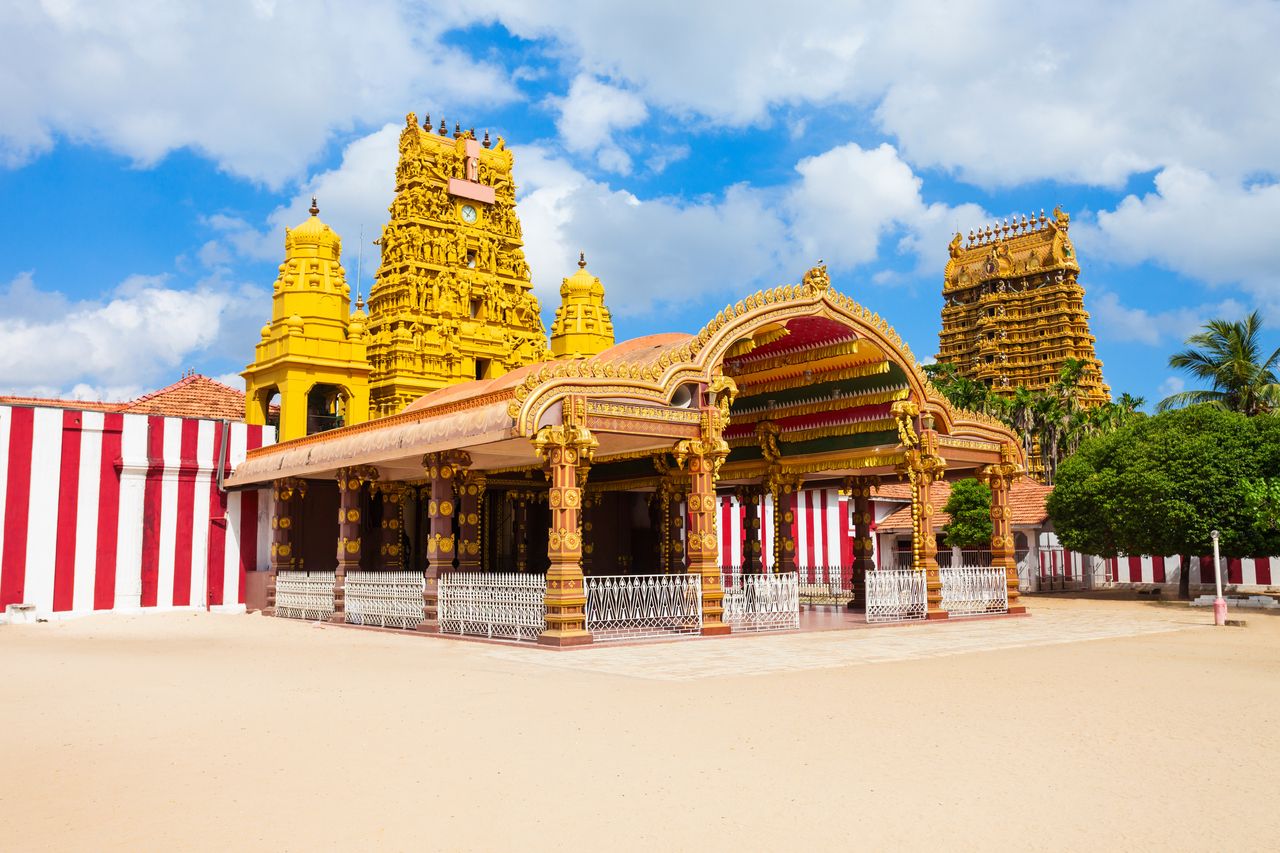
Nallur Kandaswamy Temple or Kovil is one of the country’s most sacred pilgrimage sites for Hindus. It is located in Nallur, an affluent suburb of Jaffna, known as the historical capital of the old Jaffna Kingdom © saiko3p
East and North of the Center of Town
Cool tree-lined streets with old colonial mansions and large churches cover the region to the east of the town center. St. Mary’s Cathedral in Press Road is the largest of these and serve the many Christians amongst the Jaffna Tamils. (The church is open for visitor from Monday to Saturday between 6 a.m. and 8 p.m.) Two more worth-while religious buildings to visit are St. Martin’s Seminary and the Rosarian Convent just north on Main Street.
The Archeological Museum in Navalar Road lies a little more to the north. (Opening times are from Wednesdays to Mondays between 8 a.m. and 5 p.m.) Two slightly corroded cannons guard the entrance. Due to an ongoing lack of adequate funding, the artifacts, including a rare 7-mouthed musical pot dating from the 14th century, are not well maintained.
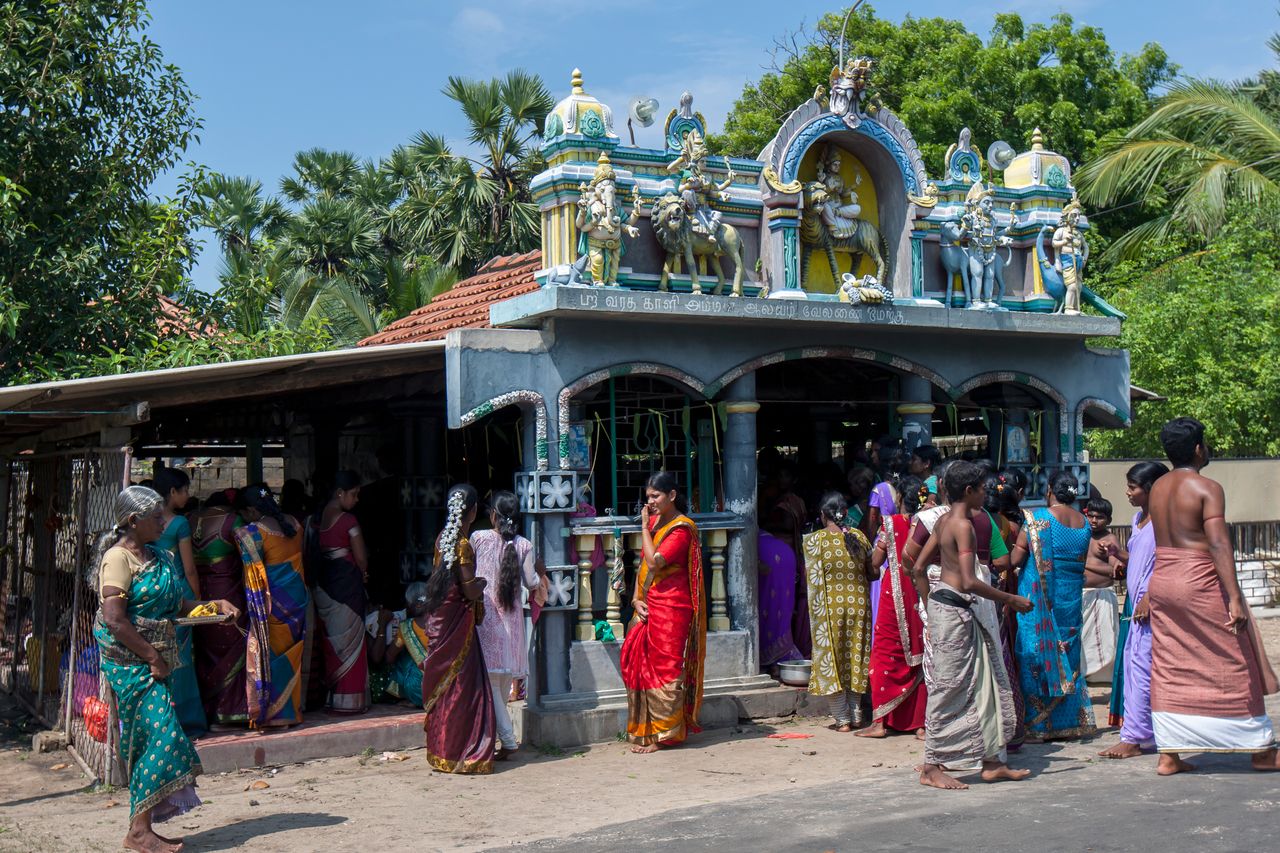
People gather to worship at a small Hindu temple on the road between Jaffna and Kurikadduwan Island in the far northern part of Sri Lanka © Thomas Wyness
Nallur Kandaswamy Kovil
A short distance further north of Jaffna’s outskirts lies the town’s most striking site, the impressive Nallur Kandaswamy Temple. (Open daily between 5 a.m. and 5 p.m.) High walls with red stripes, indicative of a Shiva temple on the site, bound this sweeping religious complex. The Kovil is dedicated to Shiva’s first born son, Skanda, also called Murugan, the Hindu god of war, and is Sri Lanka’s grandest Hindu temple. No other Kovil but this one can compete with those in India’s Tamil Nadu. Unfortunately, the Portuguese demolished the original temple like they did with many other structures in Sri Lanka. The current building was erected in 1734 during the Dutch colonial era and expanded during the 19th century. The temple is highly regarded and so important that that no less than six pujas, or worshipping rituals are held daily. (Men are required to remove their shirt upon entering the temple.)
The month-long Nallur Festival is held at the temple every summer. This important religious celebration culminates in August on the full moon or poya day. Towards the end of the festivities colossal illuminated chariots pulled by large crowds carry various deities through the streets of the town. Similar to the southern Kataragama Festival worshippers will also partake in self-mutilation to demonstrate their utter devotion. It is not unusual to see devotees with skewers and hooks in their backs, cheeks and other body parts.
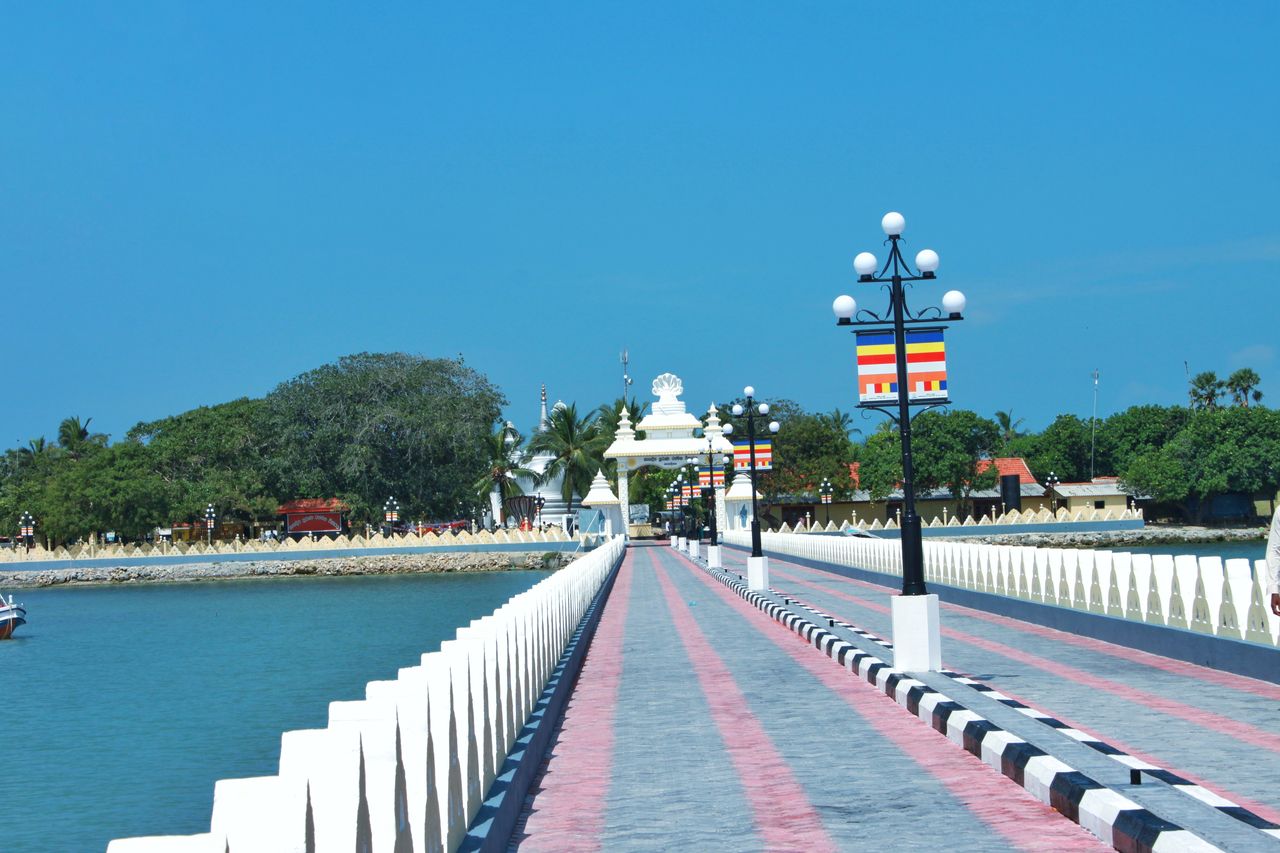
Nagadeepa Rajamaha Viharaya is a Buddhist shrine in Jaffna. It is believed that the Buddha visited this location five years after attaining enlightenment to settle a dispute between two Naga kings © Bangkruayan
Jaffna Peninsula
This fertile area lying farthest north on the island, has always seen intense cultivation and settlement, and is famous for its sweet mangoes and beautiful abundant gardens.
North of Jaffna are a series of inconspicuous sights. Kantharodai lies tucked away in a clearing in the backlands. This cluster of around 20 small ancient stupas is wrapped in mystery with some believing it to be up to two thousand years old. Even its original function is unclear; it may have been built as burial site for Buddhist monks or to fulfil a promise after prayers were answered.
Situated close together on the northernmost part of the peninsula are the Maviddpuram and Naguleswaram Temples, just two of numerous fine Hindu temples to grace the region. The damage they sustained during the war has been largely rectified. In the vicinity, on the shore of the peninsula are Keerimalai’s hot springs, hugely popular for its alleged miraculous curing properties and therapeutic powers.
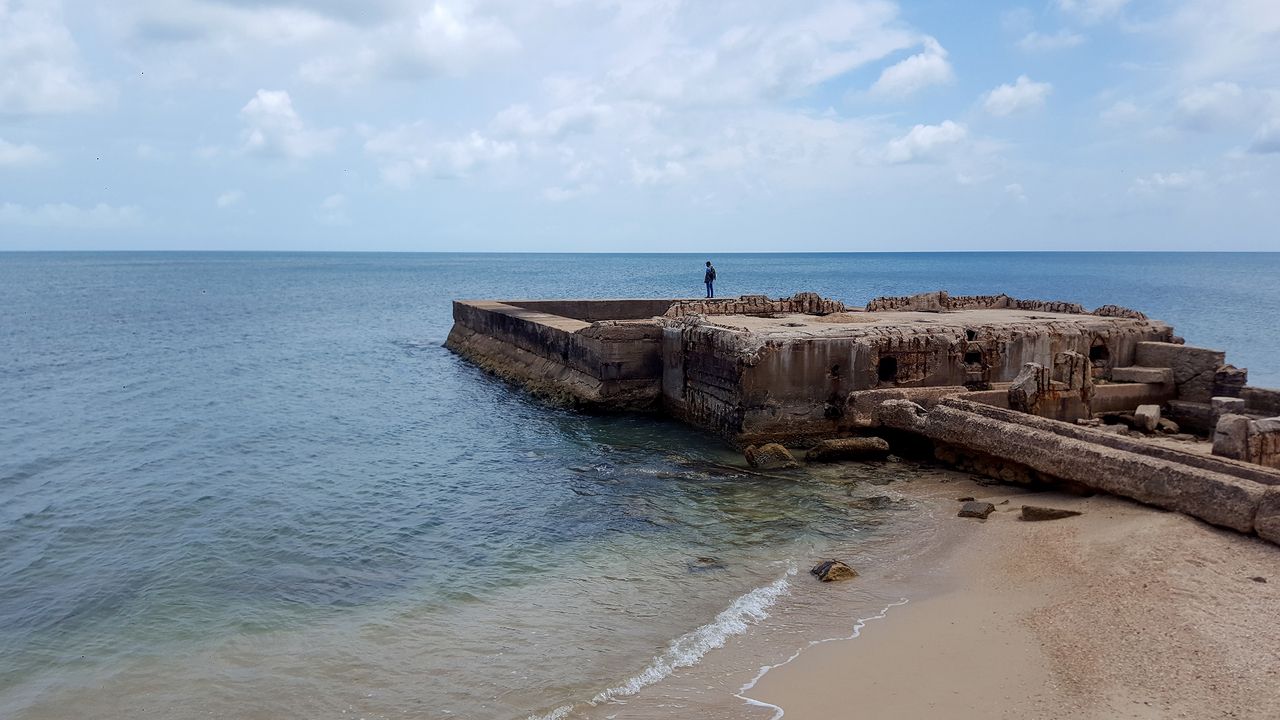
A lonely figure on the ruins of a structure on one of the country’s best beaches known as KKS Beach on Jaffna’s northern shore © Kuganathan Priyatharsan
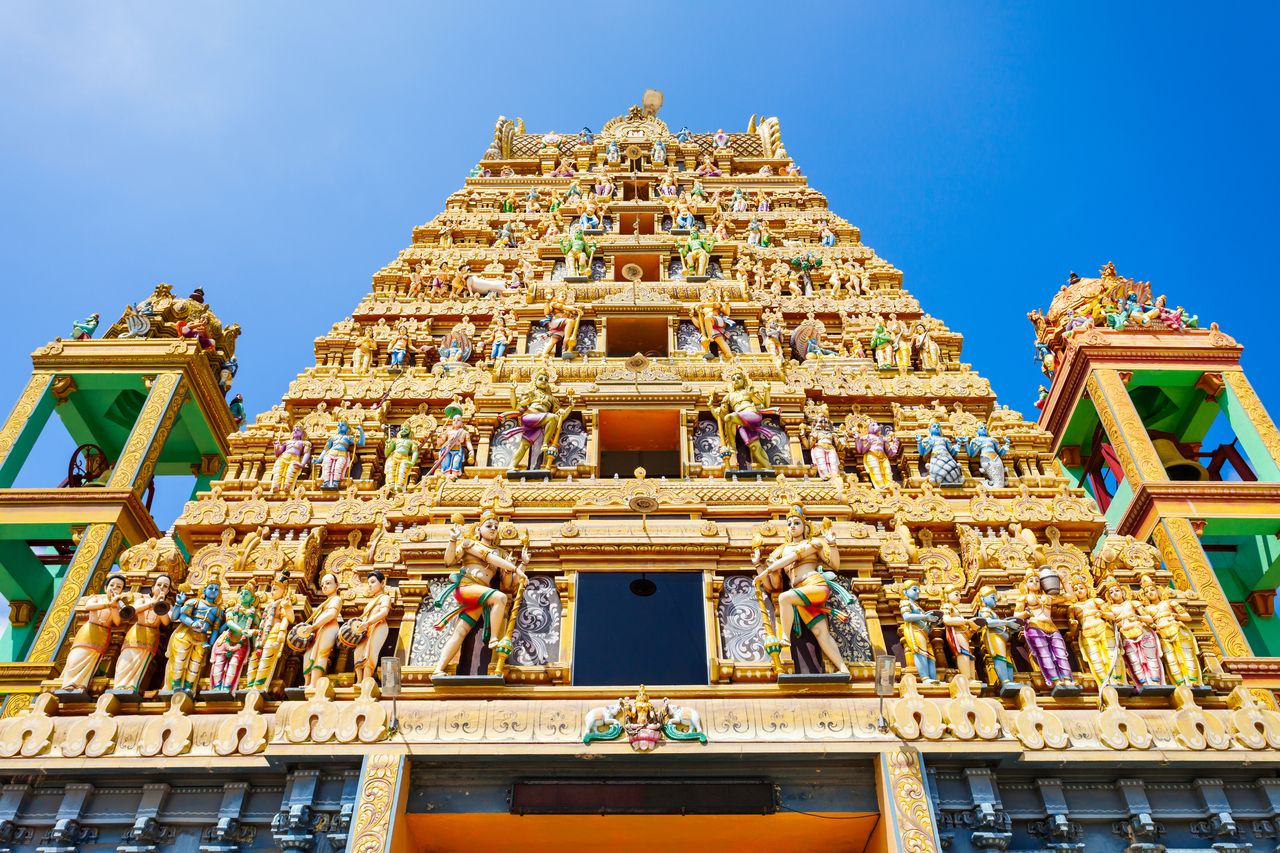
The colorful Vallipuram Alvar Kovil is considered one of Jaffna’s oldest Hindu temples. During the 17-day long annual festival held at the temple the statue of Vishnu is taken out on daily processions. On one of the days it is taken for a ritual bath in the ocean © saiko3p
The Islands
At its southern end, Palk Strait that stretches between Tamil Nadu in India and Sri Lanka’s Northern Province, is dotted with a chain of low islands collectively called Adams’ Bridge, that serve as stop-over points for sailors moving between the two countries. Kayts, pronounced as ‘kites’, is the largest and separated from Jaffna directly opposite and the peninsula by a very narrow, shallow inlet. St. James Church in Kayts town has been beautifully restored after the damage it sustained during the civil war. The waterfront lies a short walk further along the street and offers a good view of the Dutch era Hammenhiel Fort which seems to float in the waters between the village and Karaitivu, its neighboring island. The fort is now run as a luxury hotel by the country’s military. Hammenhiel literally means ‘Heel of Ham’, and the Dutch gave it this name since to them the shape of Sri Lanka Island looks like a leg of ham.
Karaitivu Island lies on the other side of Hammenhiel. Occasional ferries connect it to Kayts, while the link to the mainland north of Jaffna is via a causeway. The most popular beach of the peninsula, Casuarina Beach, is found on this island’s north shore. Although there are no facilities to speak of, the beach has fine gold-colored sand and perfect, safe swimming conditions. To the south side of Kayts is the longest of all the causeways. It travels 3 miles/5 km. across shallow waters to Punkudutivu Island. The journey is something quite unique and a major attraction; it feels strangely like driving on water.
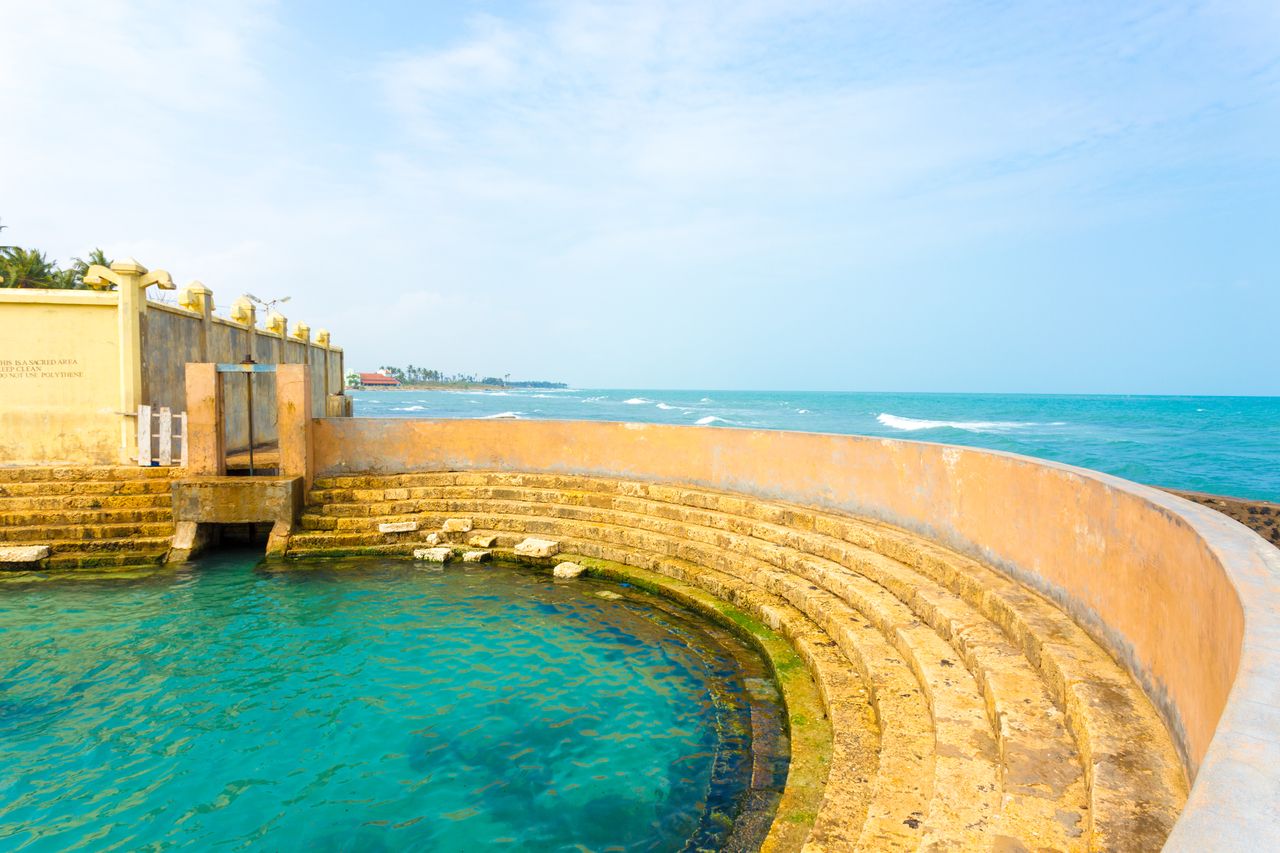
The Keerimalai Hot Springs is a popular mineral water spring that is believed to have healing properties like the curing of skin conditions. The springs overlook the ocean in Jaffna, Sri Lanka © Pius Lee
Tiny Nainativu Island can be reached by ferry from Punkudutivu. Here two significant Hindu shrines are worth a visit, namely the intensely ornate Naga Pooshani Ambal Kovil, and something rare to the Northern Province, the unassuming Nagadipa Vihara Buddhist Temple. The latter is the second place where the Buddha allegedly appeared during one of his three visits to this island.
A one-hour ferry ride takes one from the island of Punkudutiva to Delft, which is also the last island accessible by scheduled boat or ferry. Delft feel very much like the proverbial deserted island, flat but uncannily beautiful. A strange baobab tree, apparently brought all the way from Africa by a Portuguese sailor, heralds the visitor at the ferry dock. There are low walls made from coral and stone, and wild ponies roam the area.
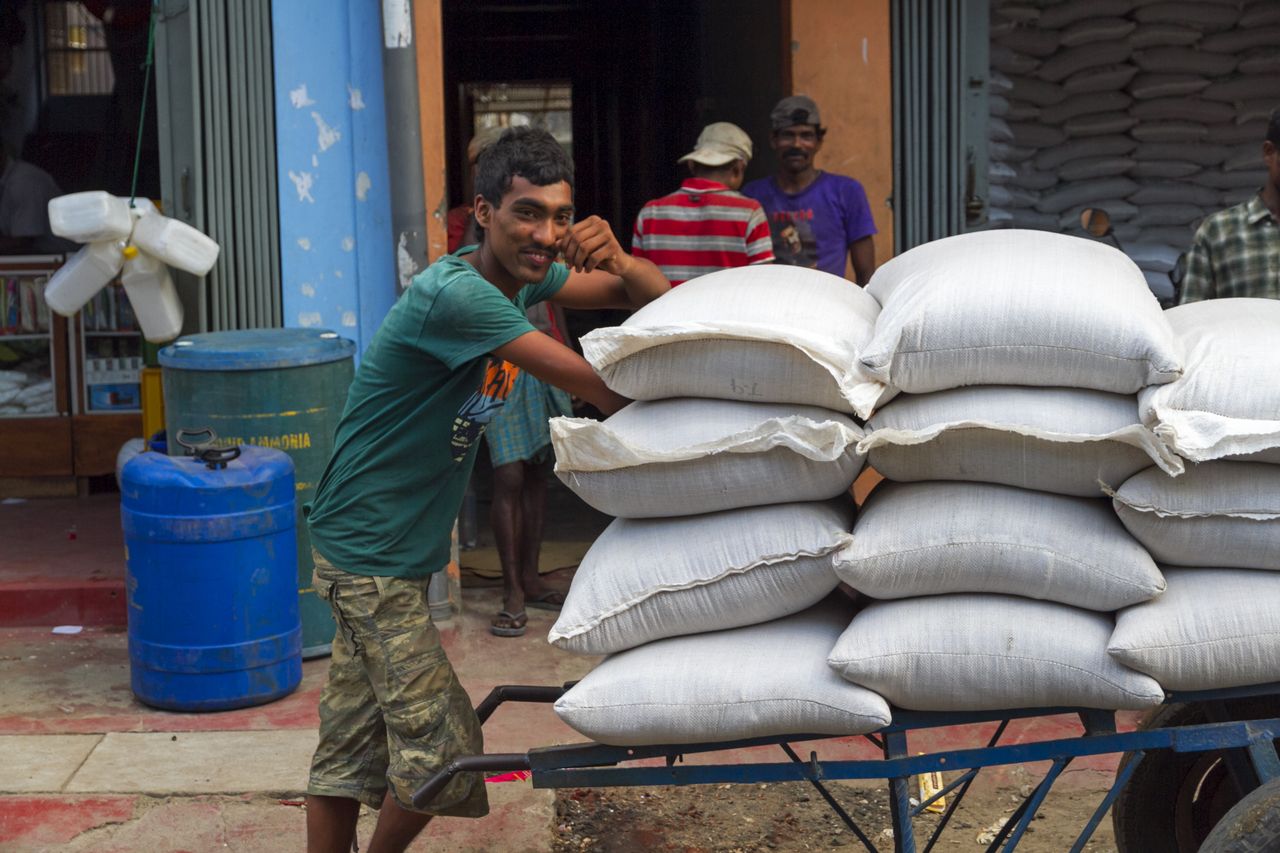
A young man takes a break from pushing a cart laden with heavy sacks of produce to the local market in Jaffna, Sri Lanka © Darkydoors
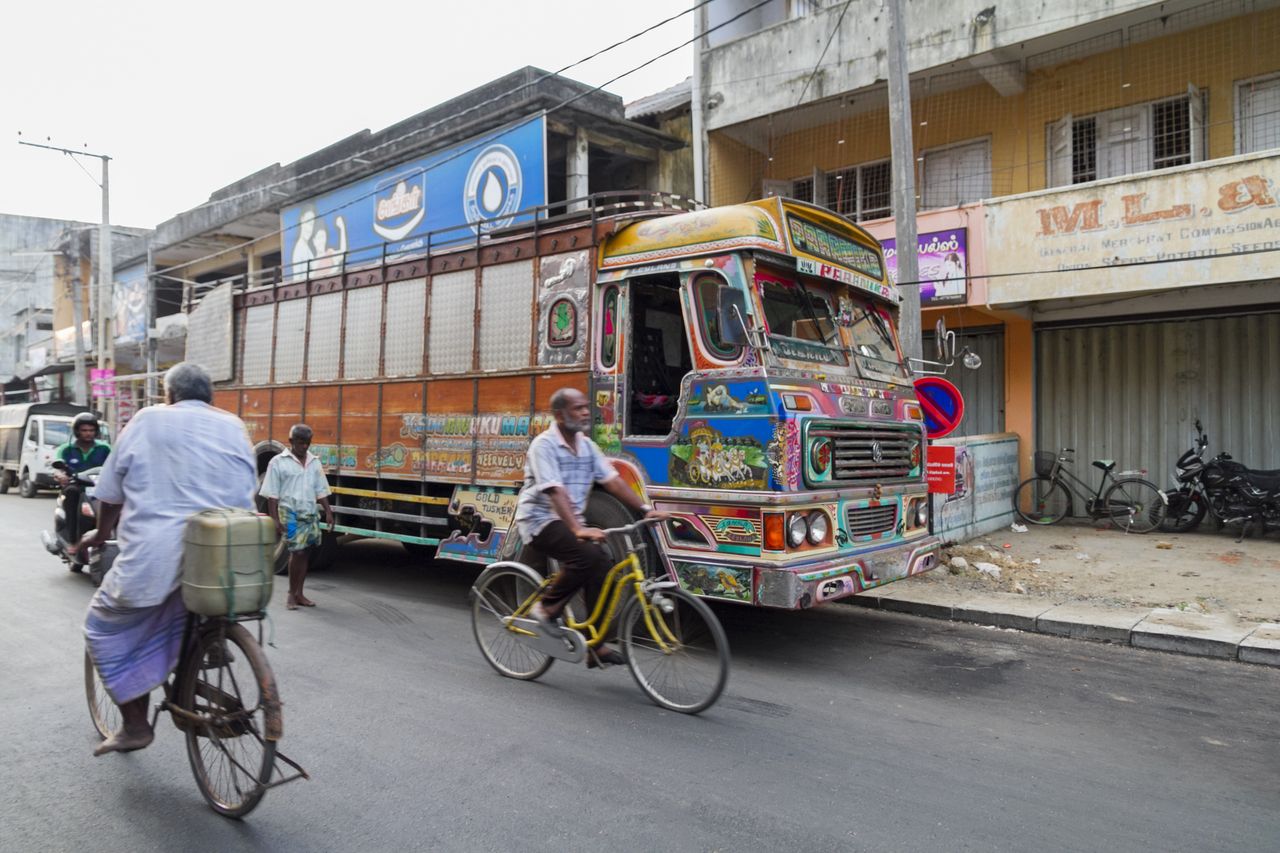
Typical late afternoon street scene in Jaffna as people make their way home after a day of work. 70% of Sri Lanka Tamils live in the northeastern part of the country © Darkydoors
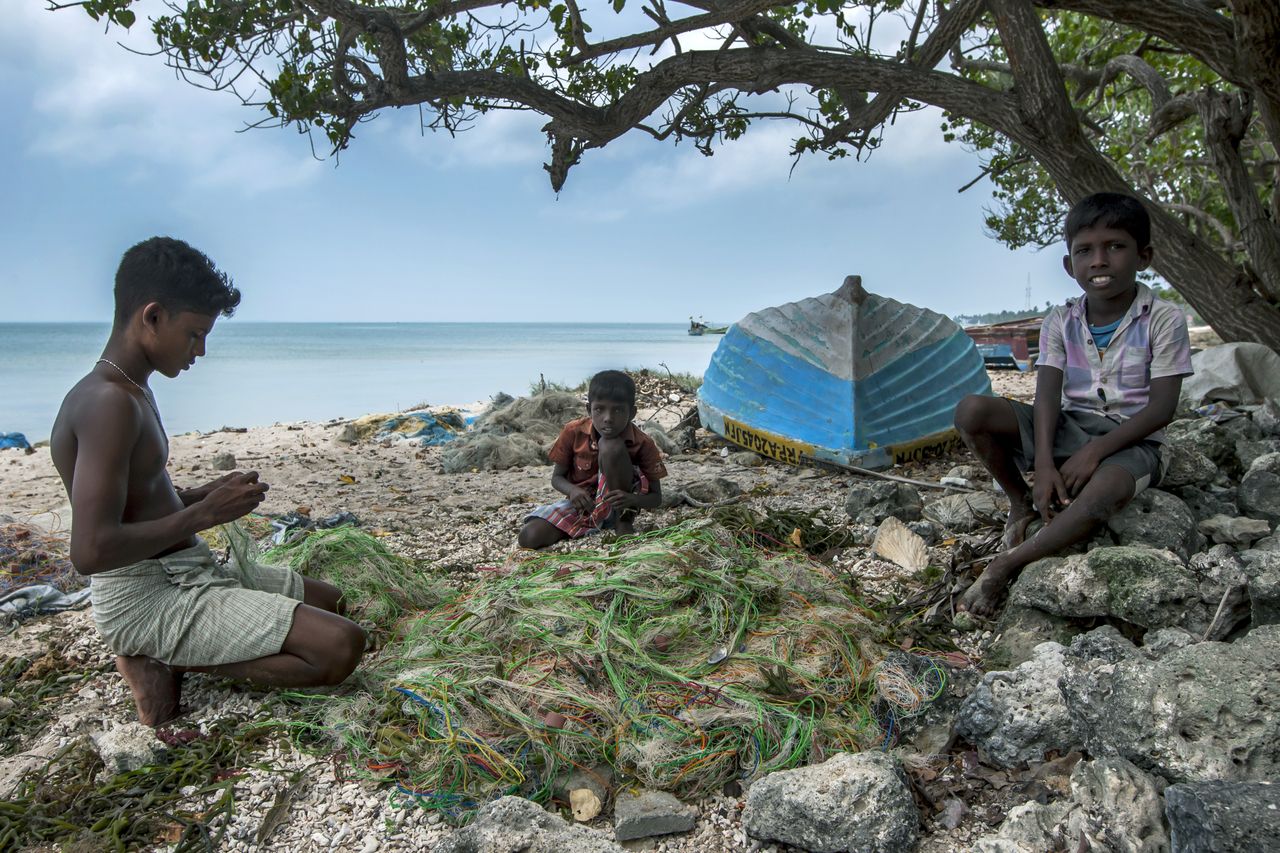
Young boys repair fishing nets on a beach on Delft Island near Jaffna. The inhabitants of this island are mostly involved with fishing, selling both fresh and dried fish © Thomas Wyness
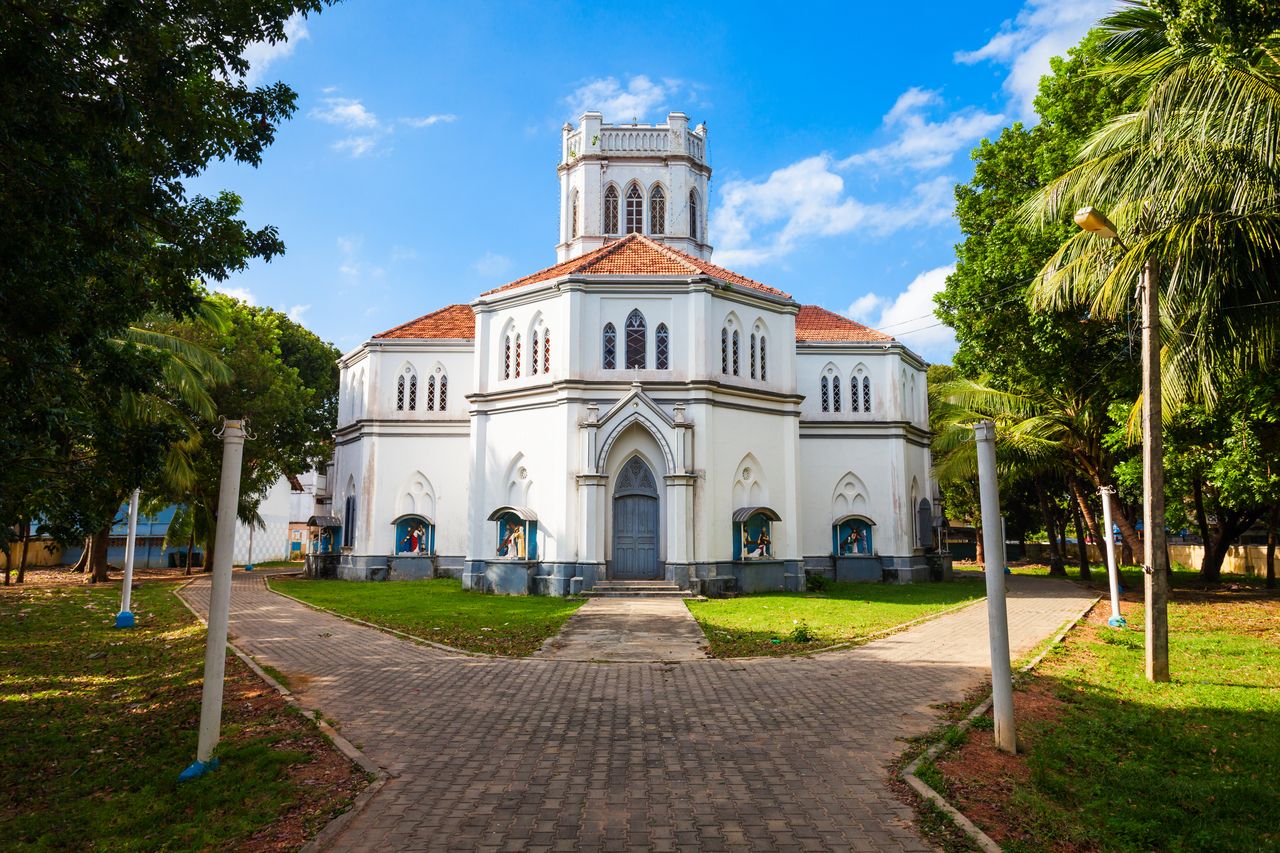
The Catholic Our Lady of Refuge Church in Jaffna, Sri Lanka was built during the Portuguese era © saiko3p
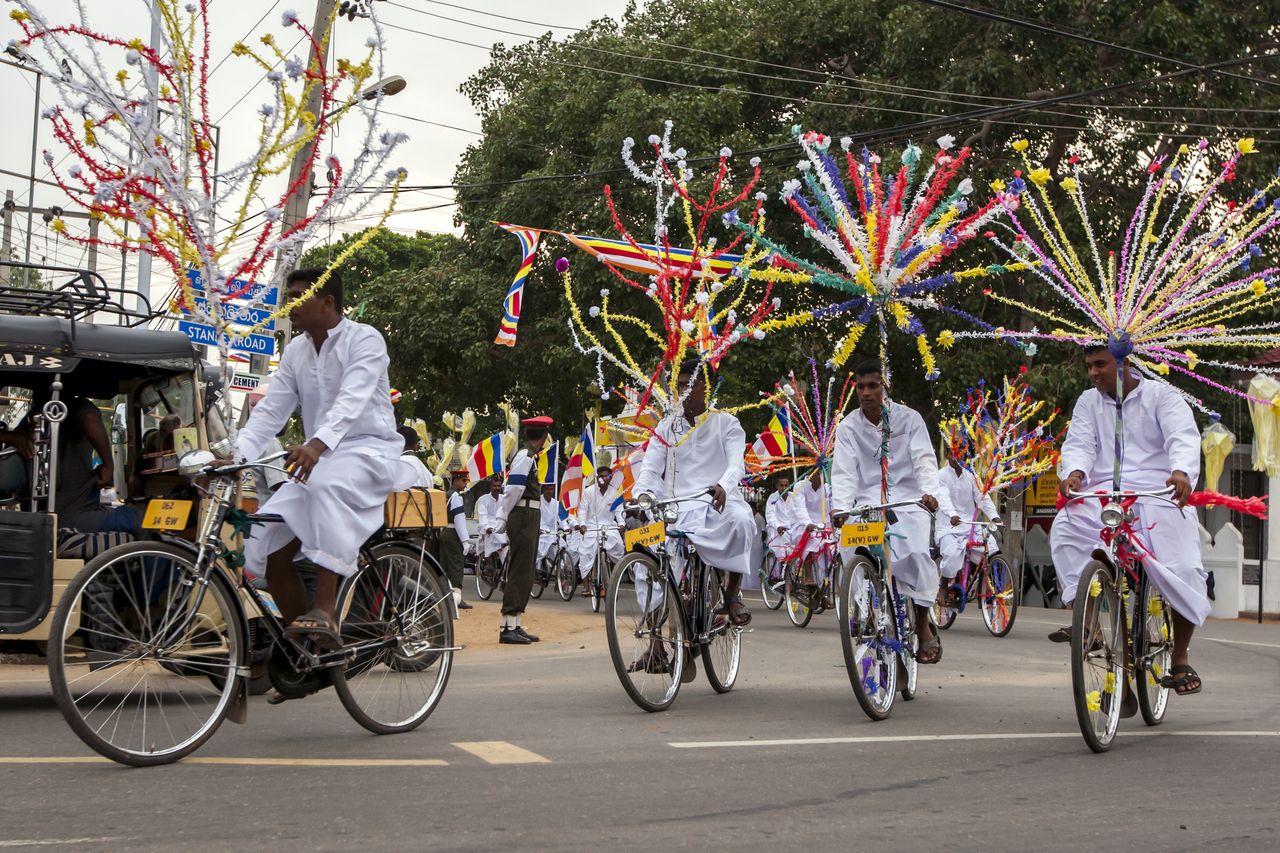
During the Perahera the arrival of the Sacred Buddha Tooth Relic in Sri Lanka is celebrated. It takes place during the full moon in August. Here cyclists in decorated bicycles take part in the festivities in Jaffna © Thomas Wyness
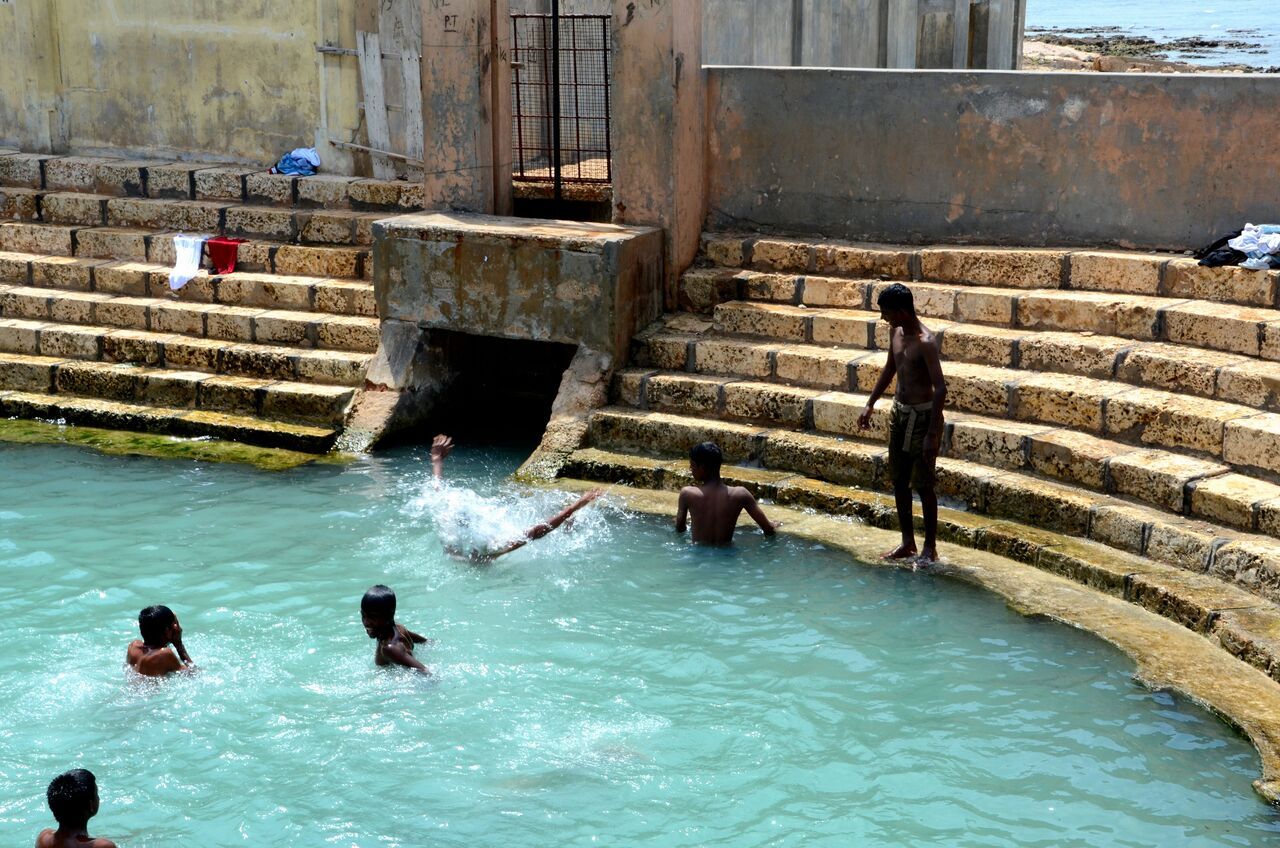
Young boys cool off in the Keerimalai water tank near the beach in Jaffna. The tank is fed by a fresh water spring © imranahmedsg
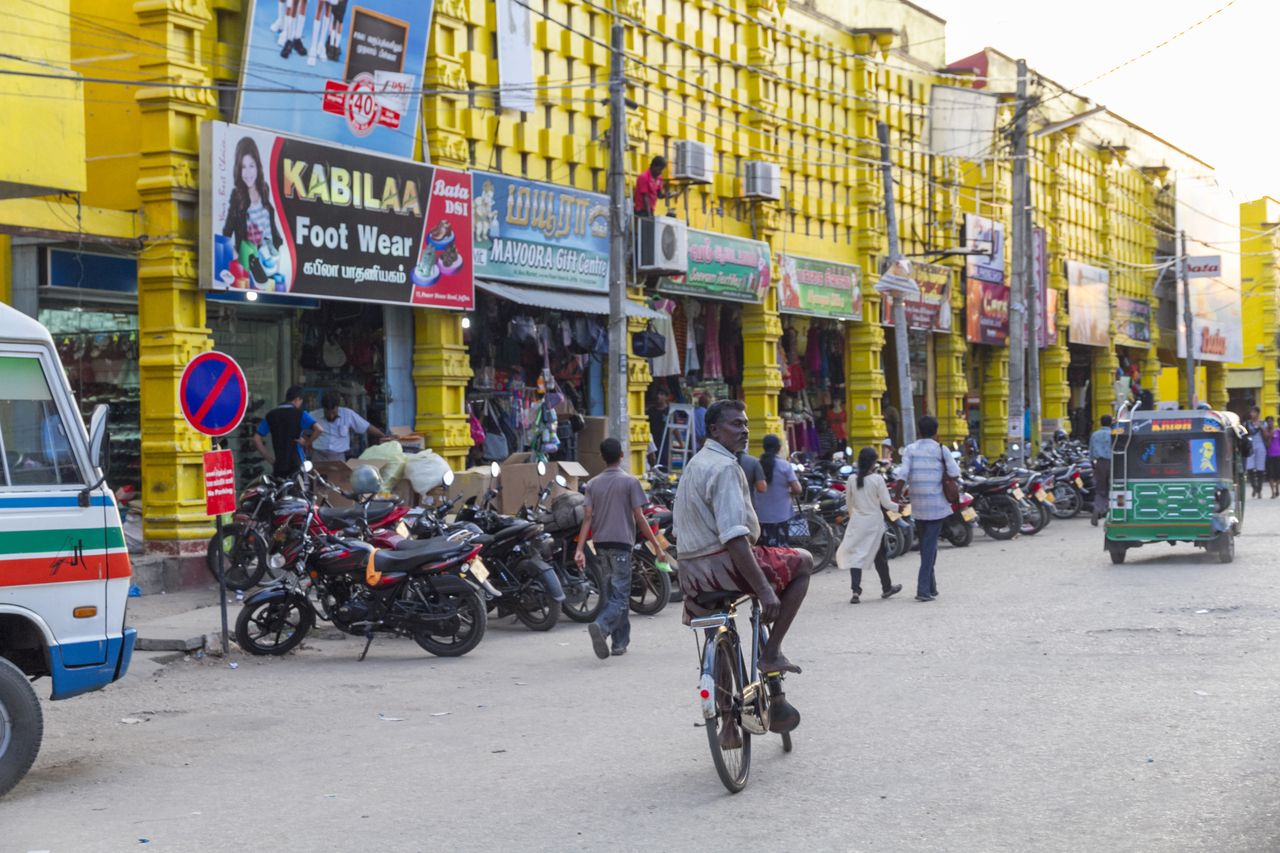
Typical busy street scene in the heart of Jaffna. In the last few years motorbikes have replaced the traditional bicycle as the preferred mode of transport © Darkydoors
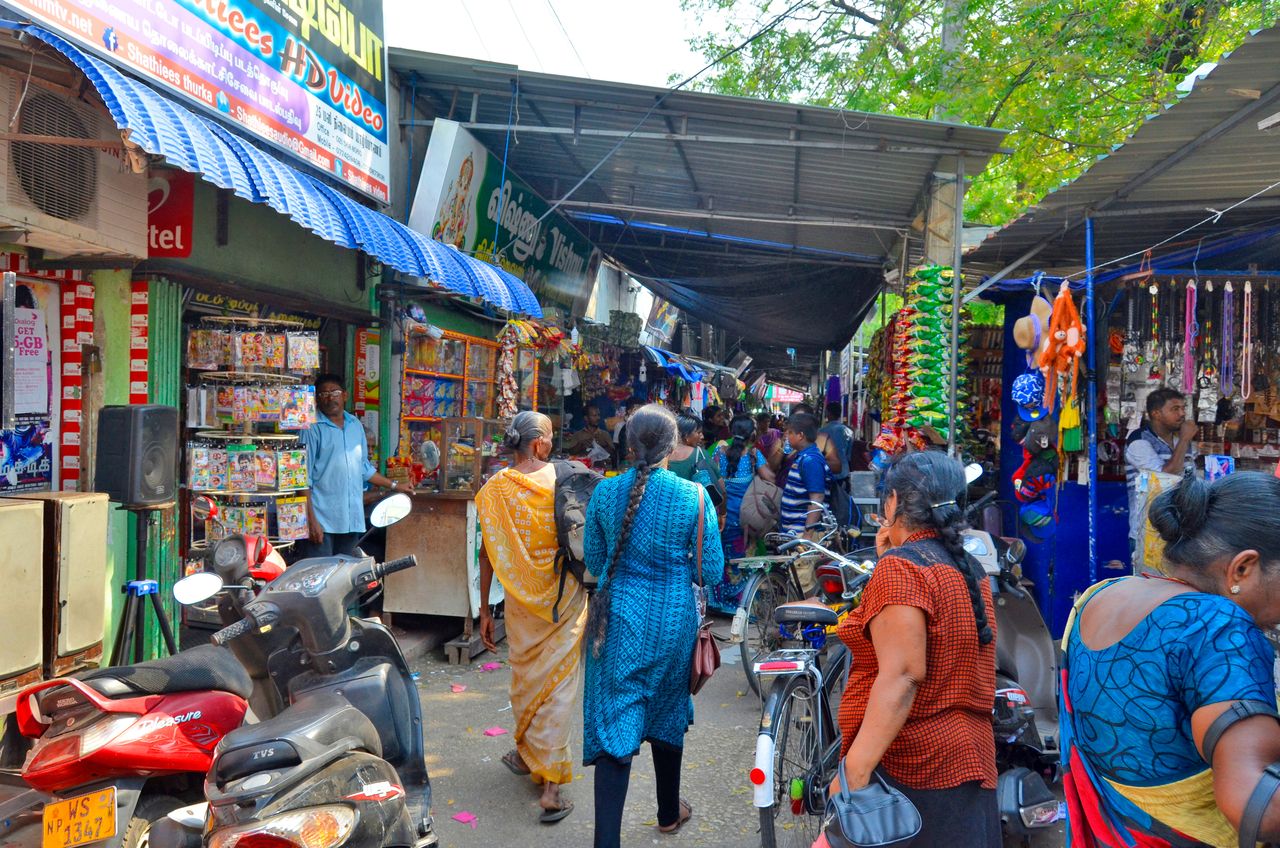
A narrow walkway connecting Hospital Street and Power House Road is lined with street stalls selling anything and everything, Jaffna © Denis Costille
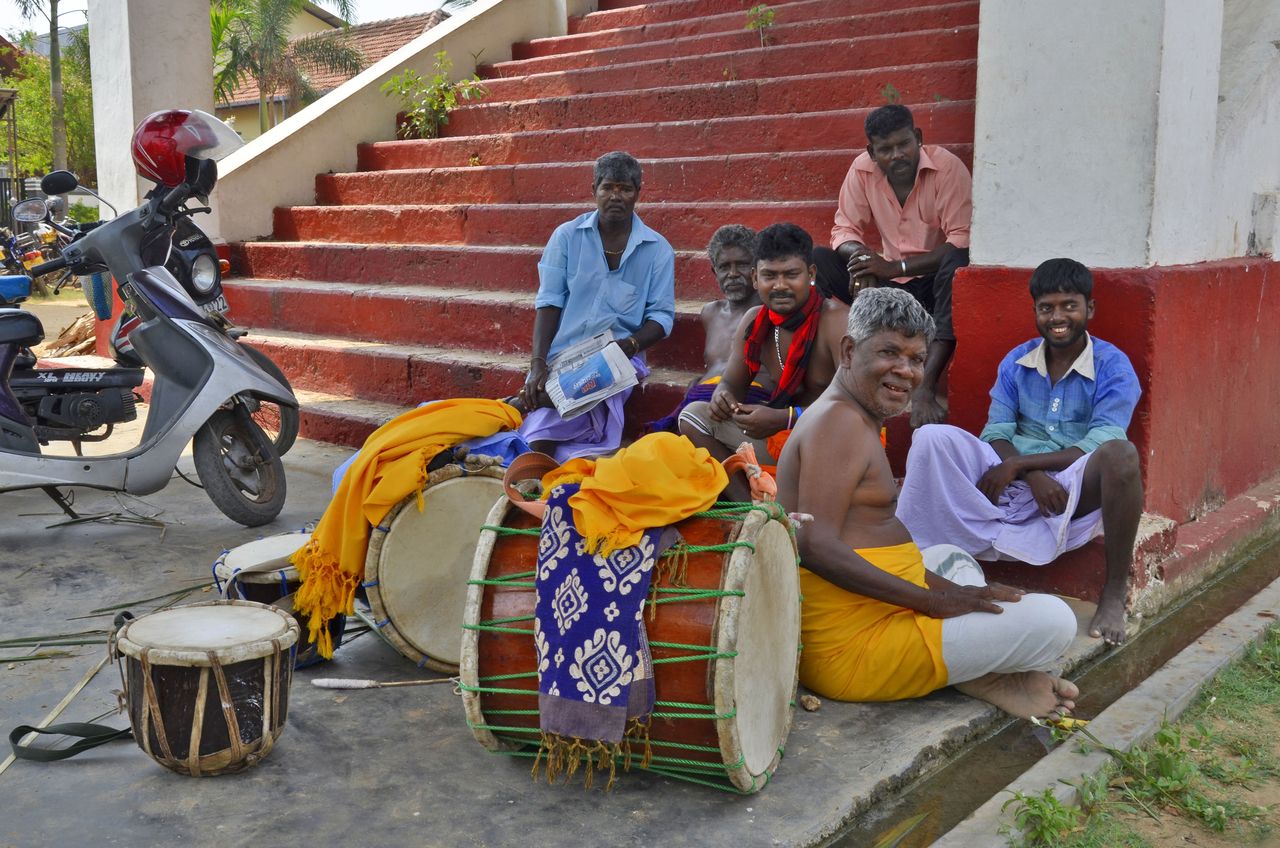
10. A small band of musicians take a break after playing at the Hindu Veeramakali Amman Kovil Temple in Jaffna, Sri Lanka. A Kovil is a Hindu temple built in the Dravidian style of architecture © Denis Costille
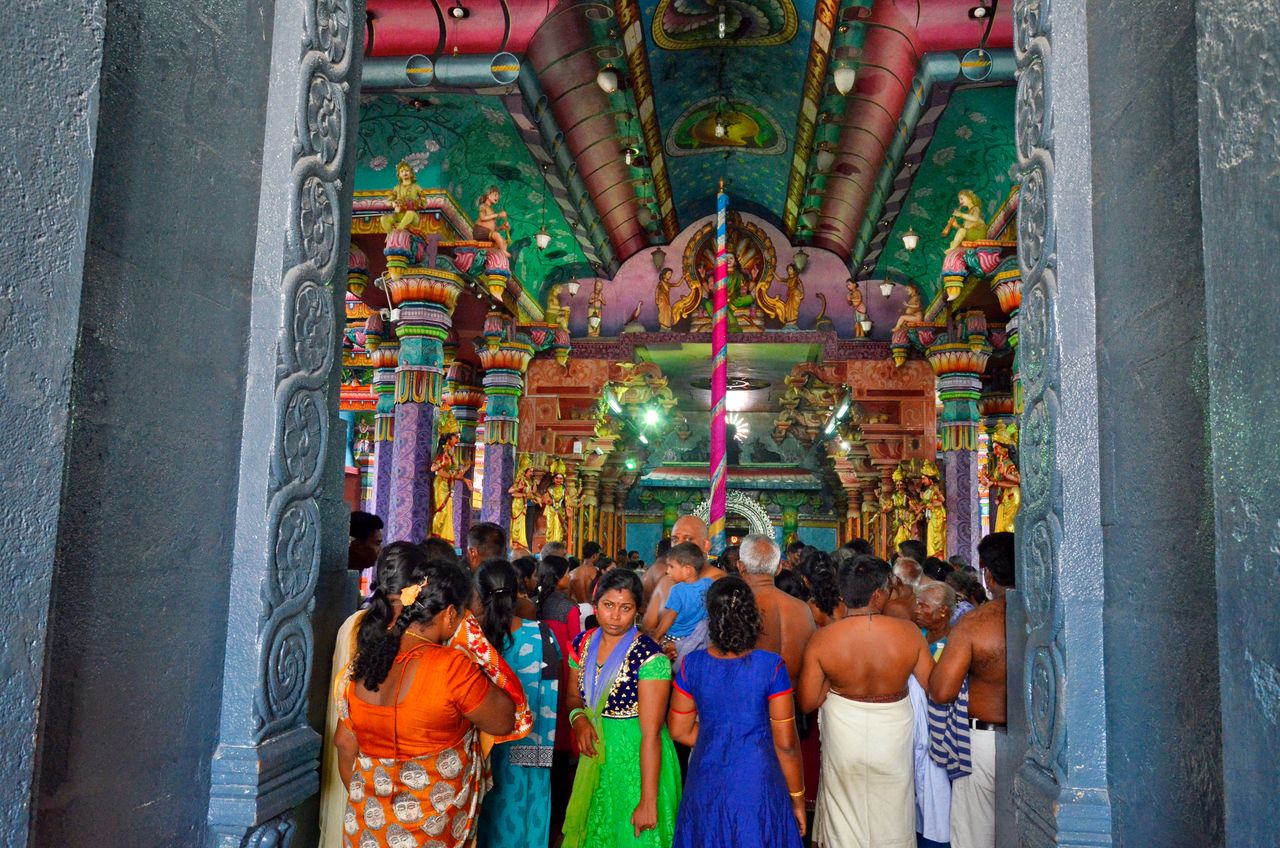
Worshippers crowd the entrance to Nagapooshani Ambal Kovil in Jaffna. The female deity for whom the temple is named wears snakes as jewelry © Denis Costille
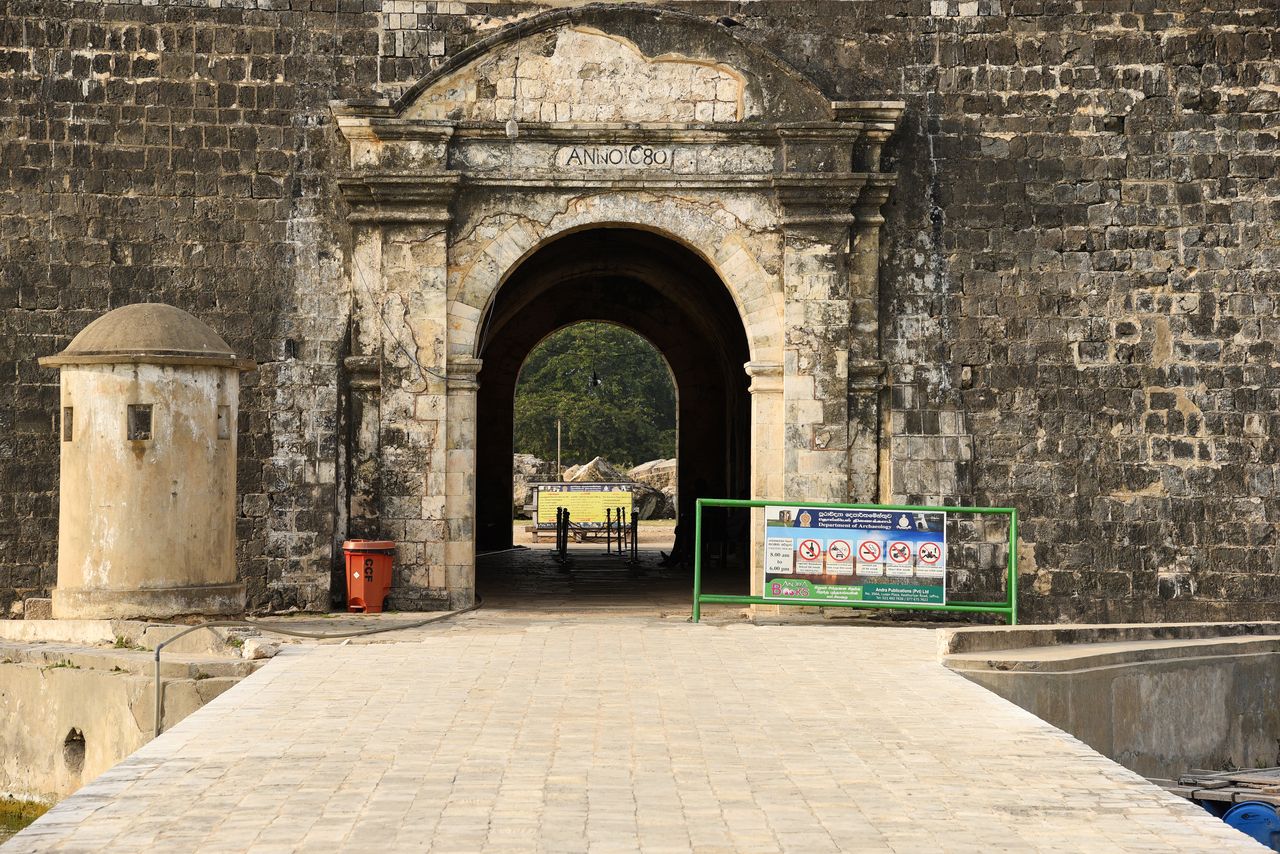
Jaffna Fort was built by the Portuguese in the 17th century and is a visceral reminder of the island’s colonial past. It is surrounded by a moat and is the second largest fort in the country © Gerardo C.Lerner
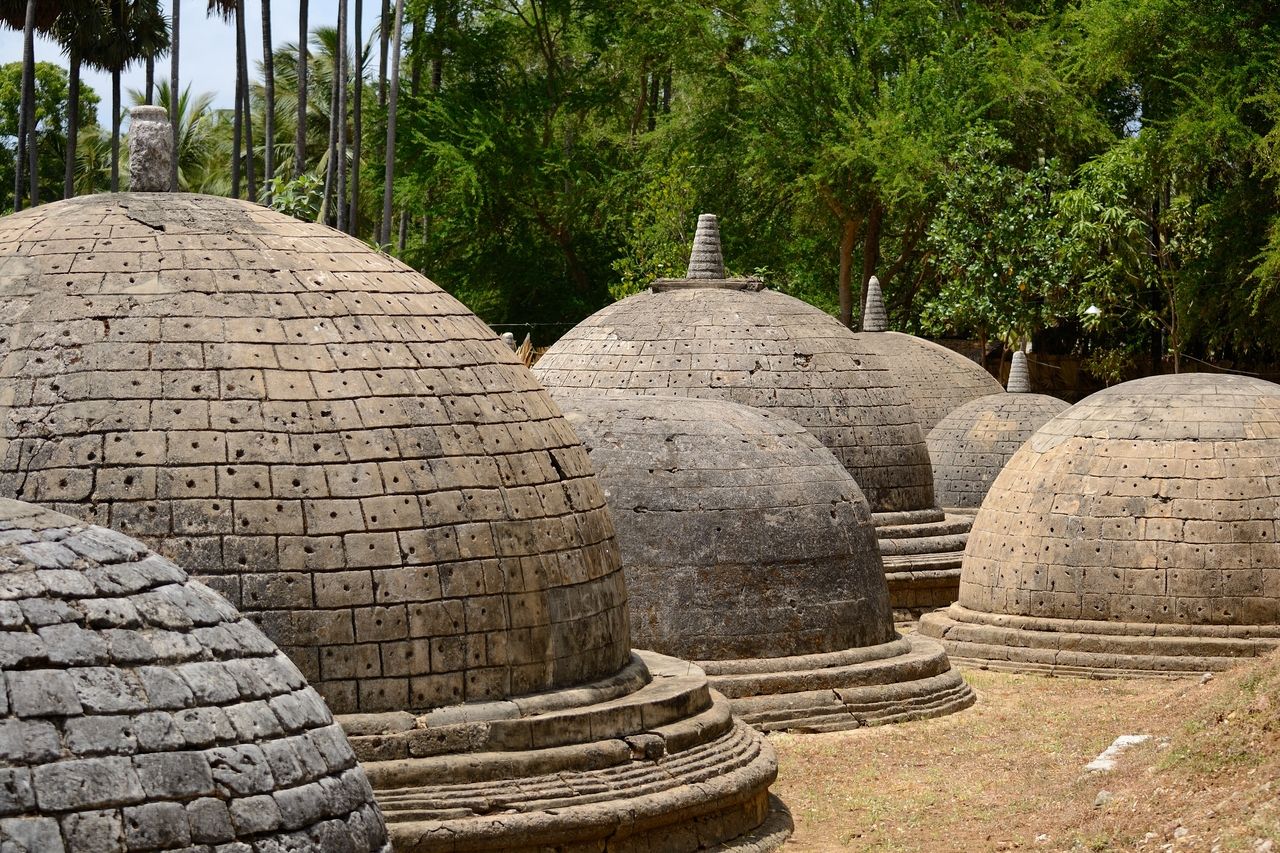
20 of the many stupas that remained at ancient Katurugoda Vihara. They display some unique features like patterns with small holes that distinguish them from other stupas in Sri Lanka © Fabio Lamanna
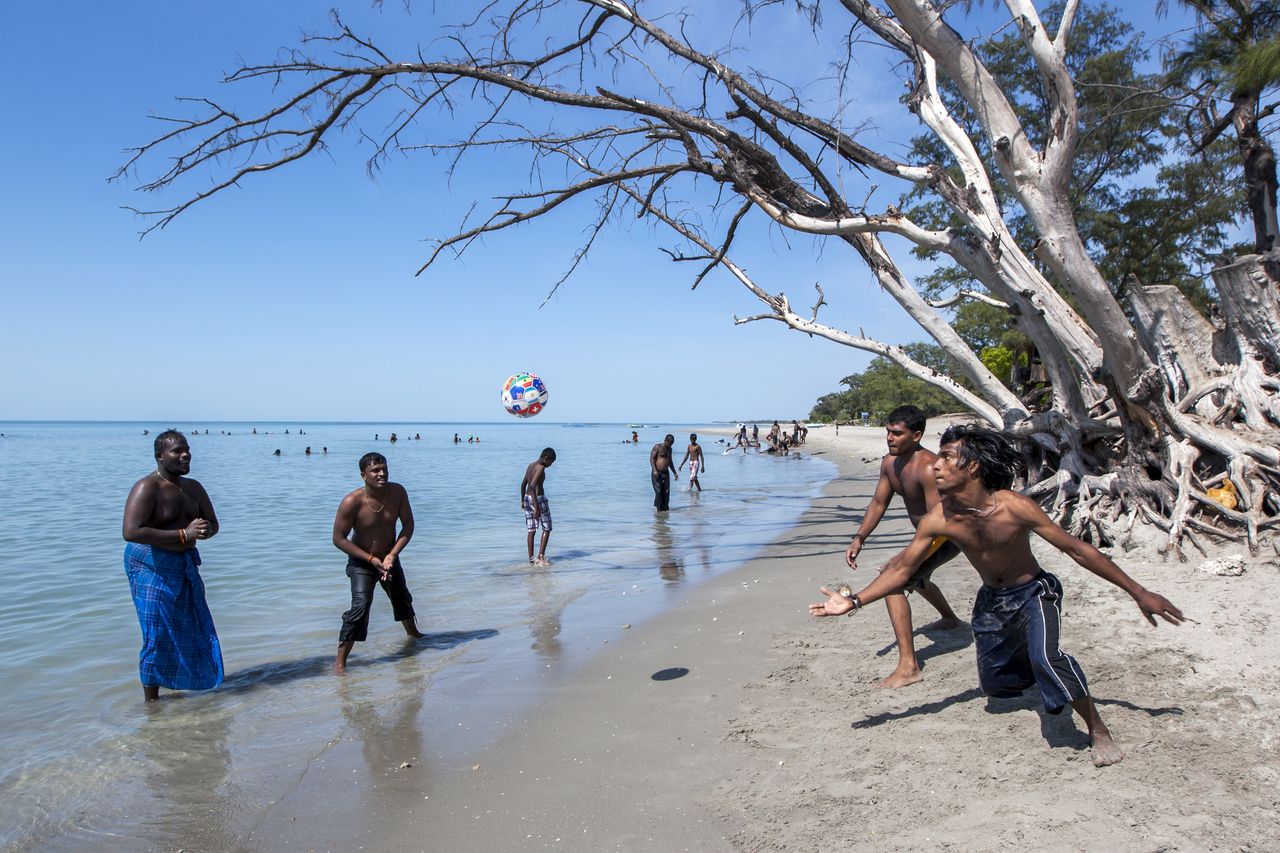
A game of volleyball on Casuarina Beach in Jaffna. The abundance of casuarina trees along the shore gives this beautiful sandy beach its name © Thomas Wyness
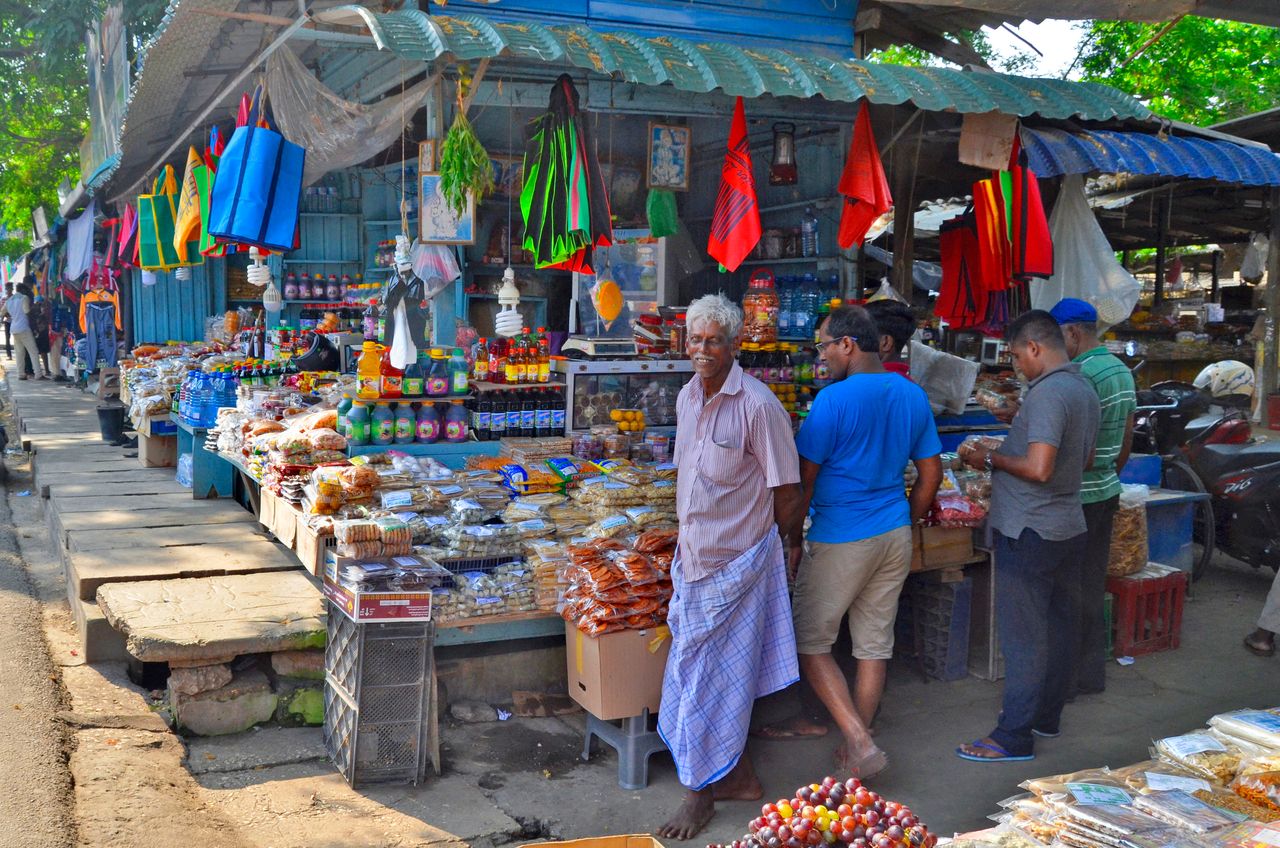
Customers at the main market in Jaffna. This section sells a large variety of groceries, condiments, spices, etc. © Shutterstock
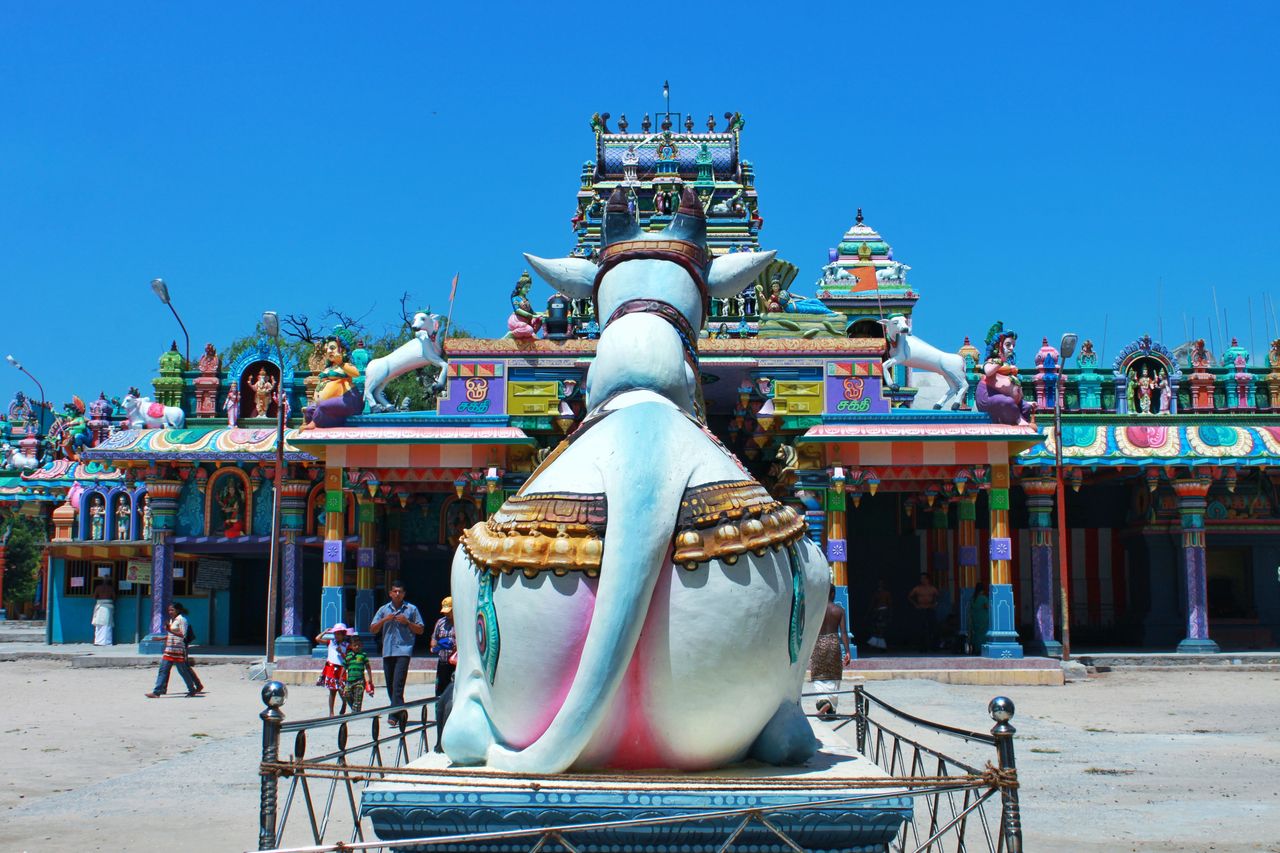
Part of Nainativu Nagapooshani Amman Kovil is an historic Hindu temple that has been mentioned in ancient Tamil literature. After the destruction of the original structure it was rebuilt in the 18th century. The renovated temple houses around 100,000 sculptures © Bangkruayan
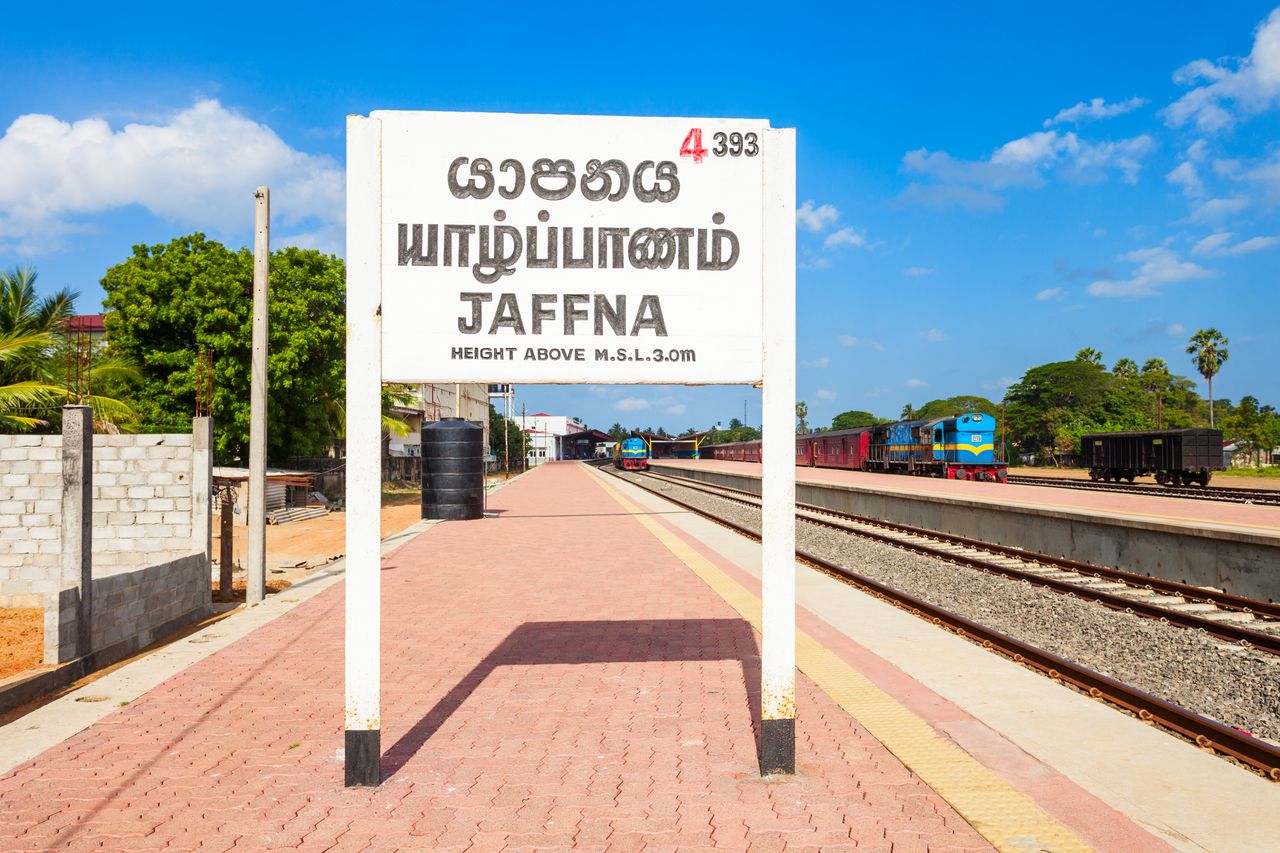
The Jaffna Railway Station is one of the busiest in Sri Lanka, linking the northern part of the country with the capital Colombo © saiko3p
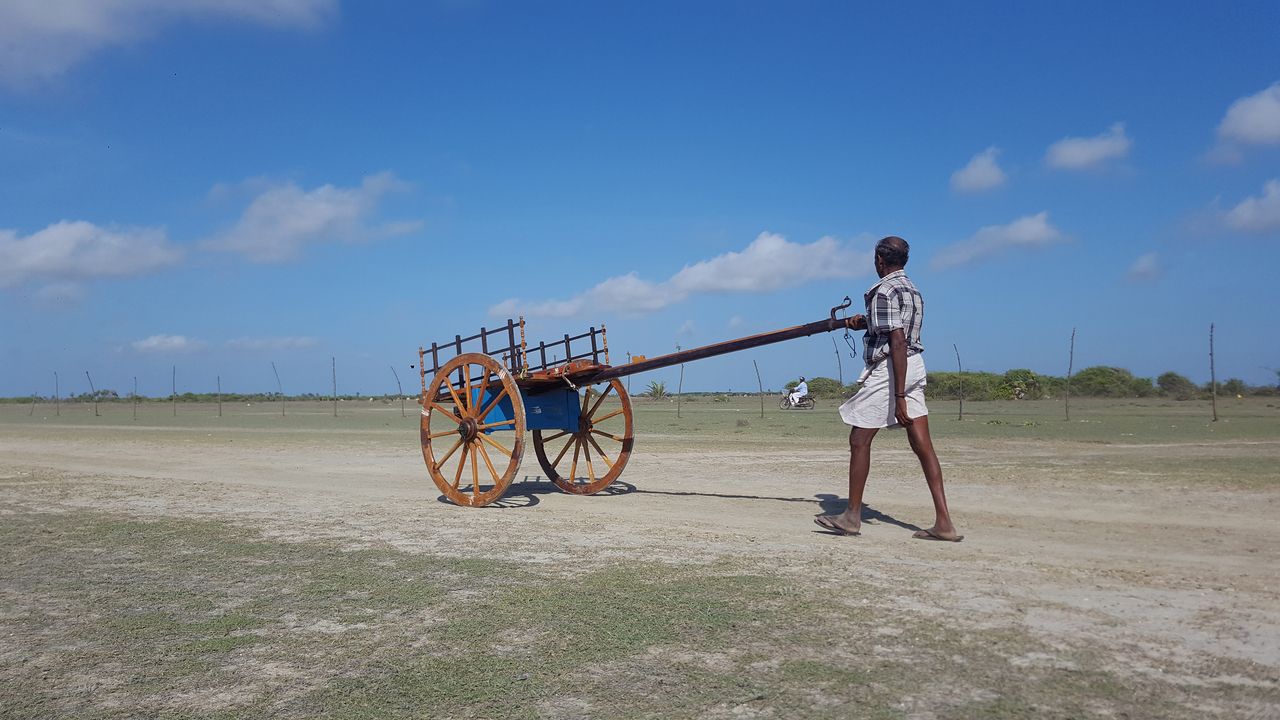
A man on his way to the traditional bullock cart race. In these highly popular races a simple bamboo or wooden cart with two large wheels is pulled by two bullocks © Kuganathan Priyatharsan
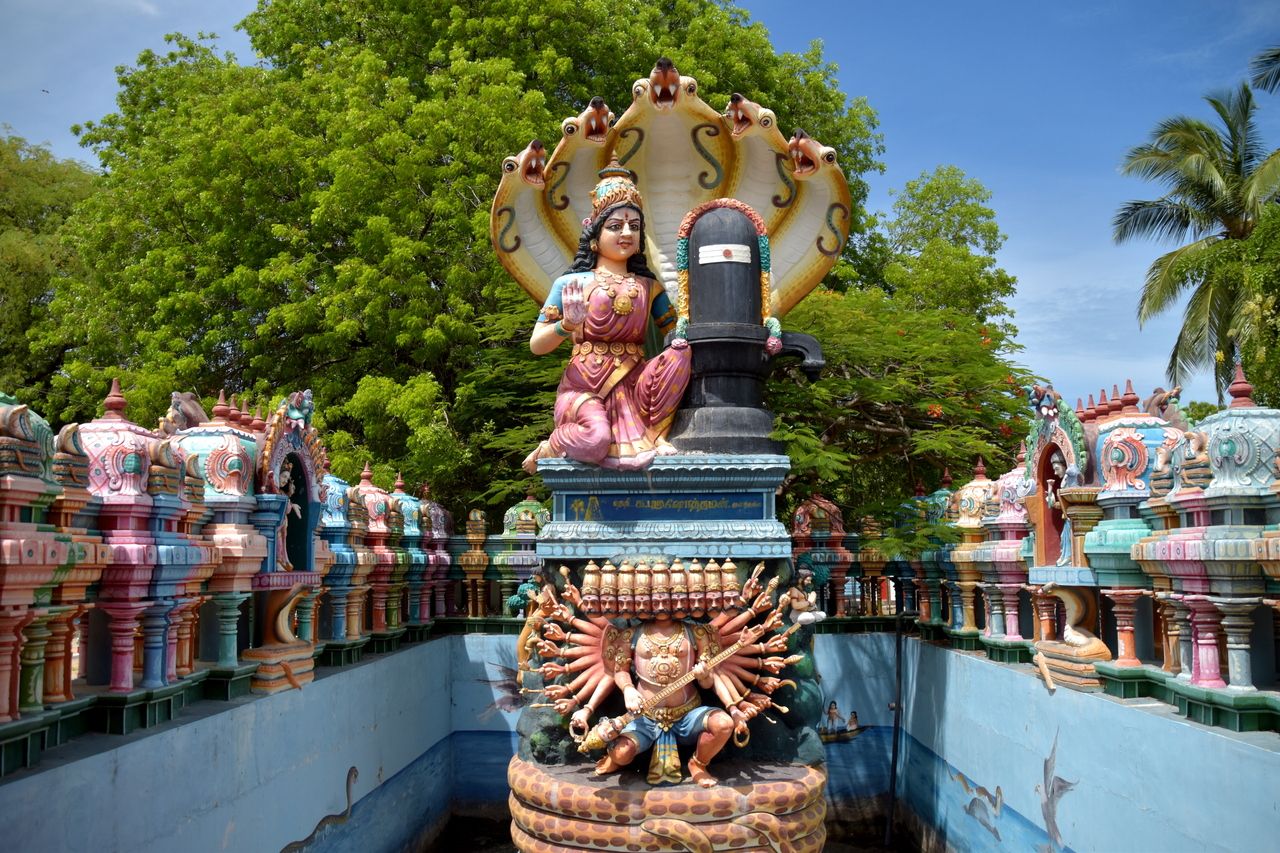
A colorful statue of a female deity with cobras crowning her head in a Hindu temple in Jaffna, Sri Lanka © Happy Auer
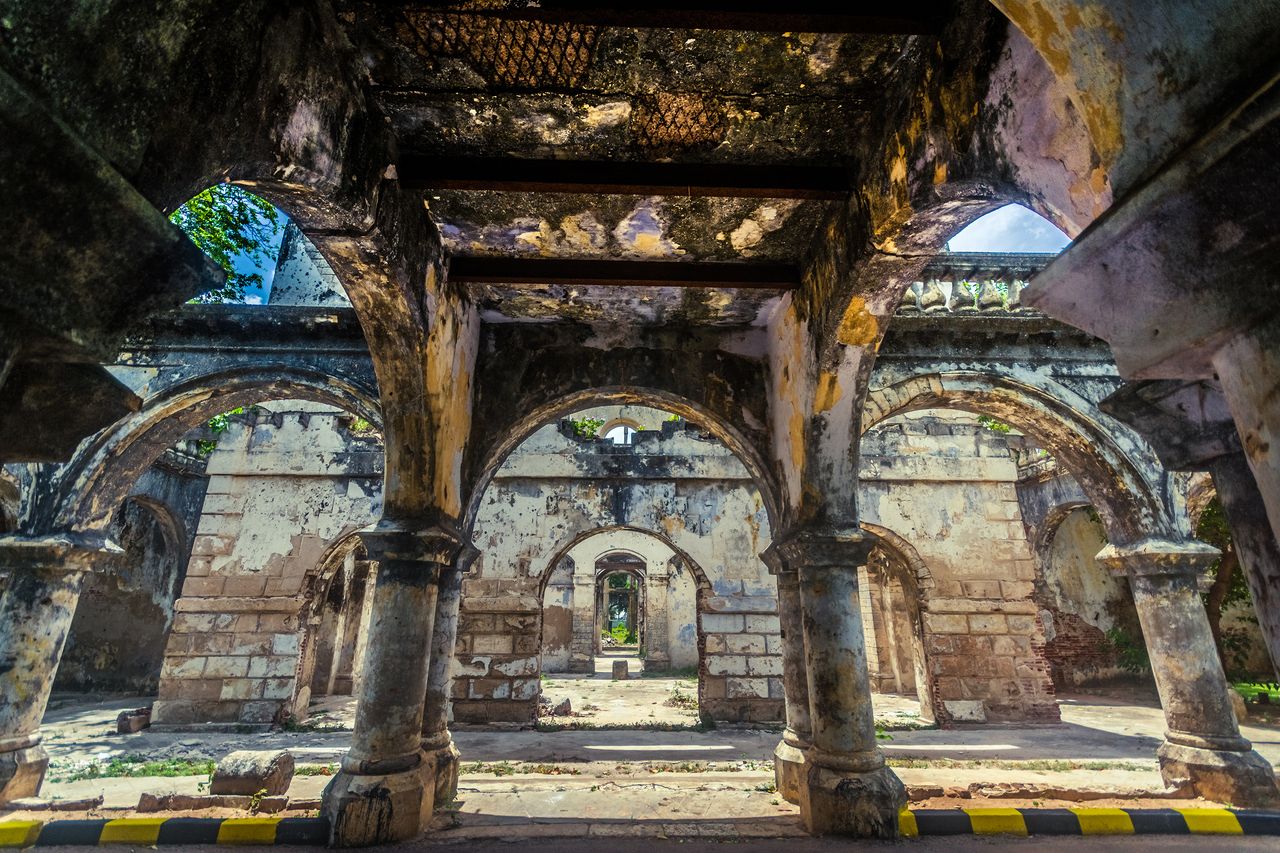
Looking through the arches of an old abandoned building in Jaffna, Sri Lanka © shutterlk

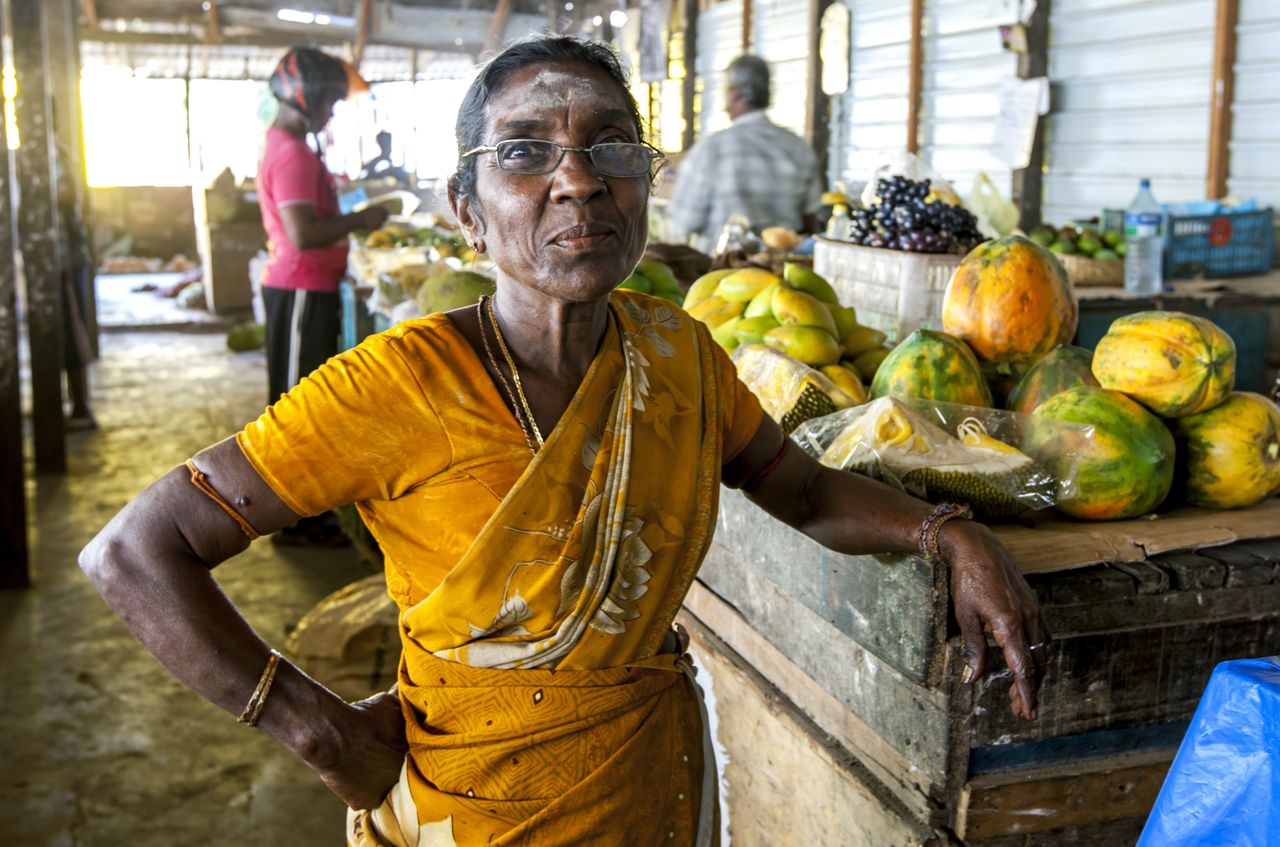
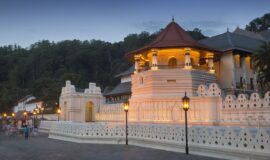
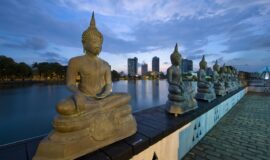
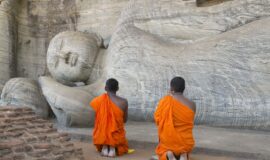
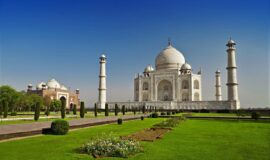
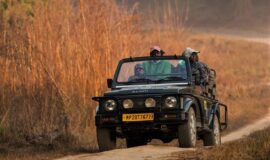
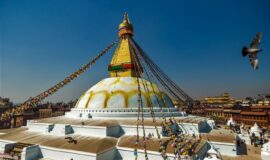
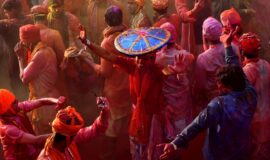
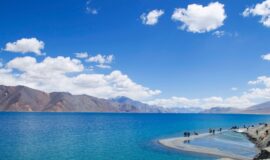
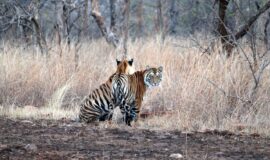
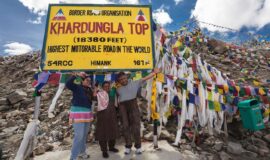
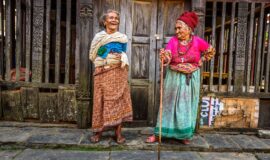
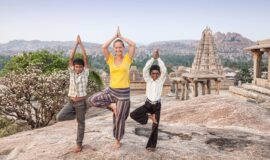
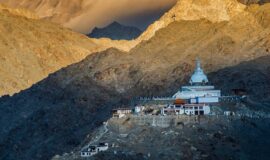
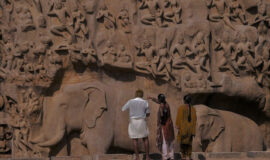
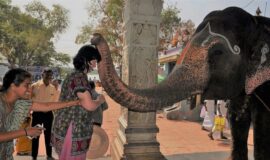
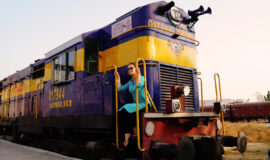
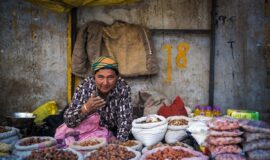
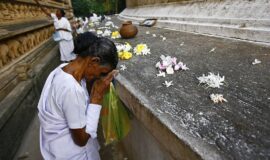
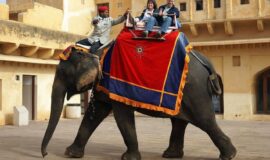
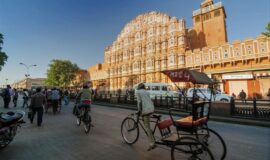
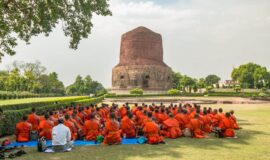
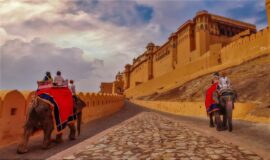
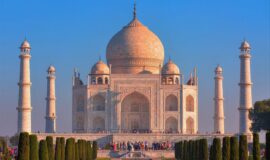
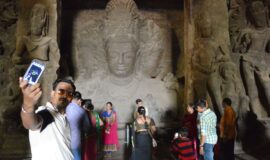
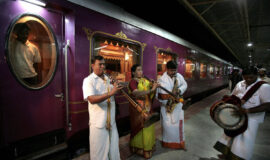
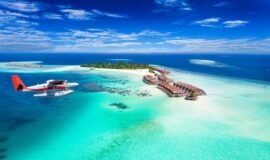
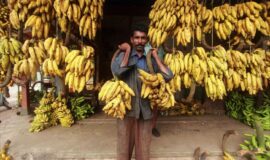
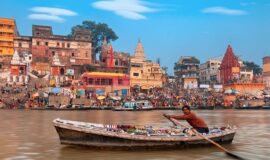
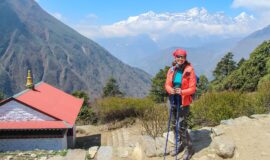
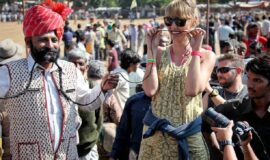
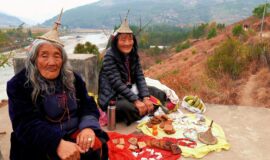
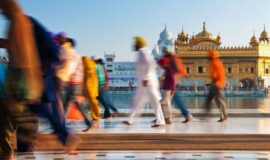
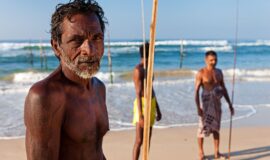
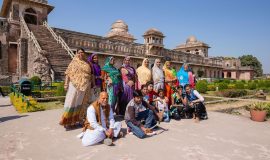
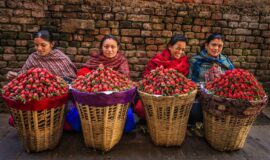
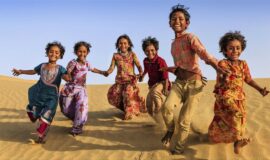
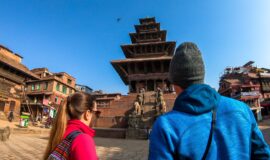
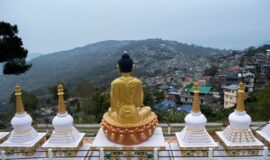
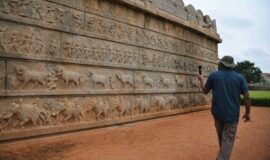
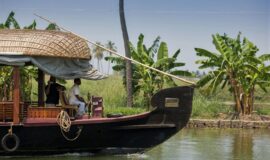
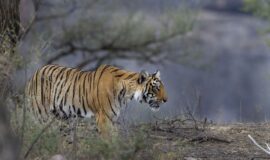
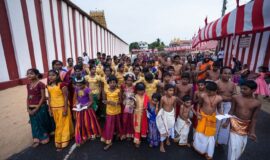
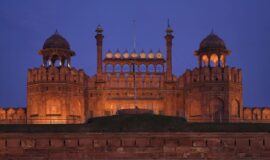
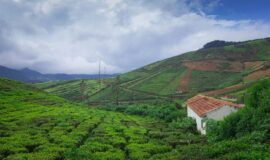
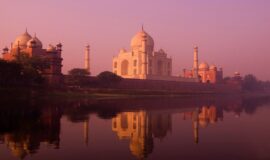
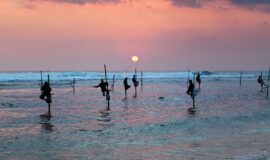
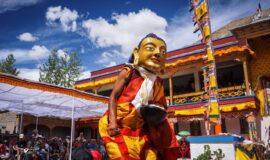
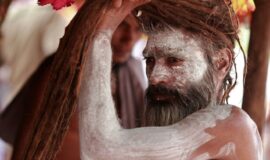
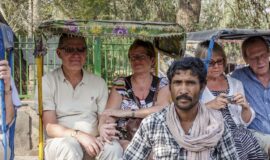
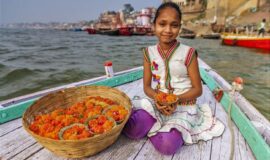
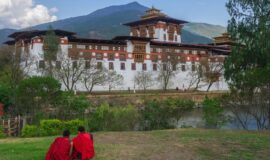
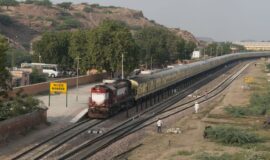
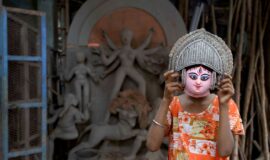
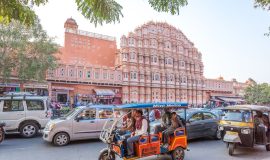
![Golden Triangle Tour with Goa [Culture + Beach Vacation] (12 days) Golden Triangle Tour with Goa [Culture + Beach Vacation] (12 days)](https://www.vacationindia.com/wp-content/uploads/2022/06/golden-triangle-tour-with-beach-vacation-270x160.jpg)
